
Visa and entry requirements Cyprus:
Passport not required
No visa is required
Information from the Foreign Office about your trip to Cyprus:
http://www.auswaertiges-amt.de/DE/Laenderinformationen/00-SiHi/ZypernSicherheit.html?nn=332636?nnm=332636
Cyprus is an island nation in the eastern Mediterranean with around 1.2 million inhabitants. After Sicily and Sardinia, it is the third largest island in the entire Mediterranean. Geographically, Cyprus actually belongs to the Asian continent, but politically and culturally it is usually considered part of Europe.
The island of Cyprus is practically divided. While the south is ruled by the Republic of Cyprus, the northern part is under the control of the Turkish Republic of Northern Cyprus, although this part is internationally recognized only by Turkey.
The Republic of Cyprus is a member state of the European Union and the Eurozone and is geographically located in the northeast of the Levant Sea. The distance to the south coast of Turkey is around 70 kilometers, to the west coast of Syria around 100 kilometers, to the north coast of Egypt around 330 kilometers, to the east coast of the island of Rhodes around 400 kilometers and to the Greek mainland around 800 kilometers. The west-east extent is 230 kilometers, while the distance from north to south is about 100 kilometers.
The island of Cyprus has a consistently Mediterranean climate and is also the most forested island in the entire Mediterranean. Even in ancient times, Cyprus was considered the most fertile island and was particularly known for good wine and high-quality olive oil.
The country's largest cities include Nicosia, Limassol, Larnaca, Strovolos, Lakatamia and Paphos. The two cities of Famagusta and Kyrenia are currently administered by the Turkish Republic of Northern Cyprus.
Cyprus offers a varied mountainous landscape and several historical archaeological sites. The most important sights in the country include the Kamares Viaduct and the castle in Larnaka, the marina with the long promenade in Limassol, the archaeological park and the castle in Paphos, the colorful murals in the small churches and the Kykkos monastery in Troodos. Mountains, the Bridge of Love, the sea caves and the sculpture park in the largest tourist resort of Ayia Napa as well as the Cape Greco National Park.
The capital of the Mediterranean island is also a divided city, Nicosia in the Greek part and Lefkosa in the Turkish part.
Since 2008, a single border crossing has only been open to pedestrians and cyclists.
Nicosia is the capital of the Republic of Cyprus with around 230,000 inhabitants. The most important sights in Nicosia include the Famagusta Gate, Ledra Street - the main shopping street and border crossing, Faneromeni Church, Podokataro Bastion, St. John's Cathedral, Omeriye Mosque, Icon Museum, Museum of the National Struggle, the Cyprus Museum, the House of Kornessios and the Armenian Genocide Monument.
So far I have visited the Mediterranean island of Cyprus twice, in July 2012 and June 2019 for three days each. Both times I moved into my hotel directly on the very busy beach of Larnaka, an ideal starting point for all kinds of excursions. Most of the restaurants and bars for pleasant evening entertainment are also located there.
While on my first visit to Cyprus I mainly took bus trips to the capital Nicosia or the northern Turkish part, the second time I rented a rental car for the entire time in order to explore the rest of the southern Republic of Cyprus.
The day in Nicosia with the border crossing into Lefkosa, the capital of Northern Cyprus, was of course the highlight of my first trip. As a Berliner or peripheral Berliner, I know from experience what it feels like to live in a city divided into two. The walk to the Turkish part was relatively unspectacular and problem-free. The security guard gave me a small piece of stamped paper, which I just had to hand in on the way back.
It really felt like you had arrived in the real Turkey because of the different architecture on the other side.
On my second trip, my program mainly included visits to the three UNESCO World Heritage Sites as well as the two cities of Limassol and Paphos. There's also time for Mount Olympos - the highest point on the island at 1,952 meters, various villages in the UN buffer zones in the border area, the historic village of Lefkara and the tourist town of Ayia Napa.
All in all, my two trips to Cyprus were always a great experience. Due to the safe warm temperatures, I would recommend the island as a suitable holiday destination when it is not summer in other parts of Europe.

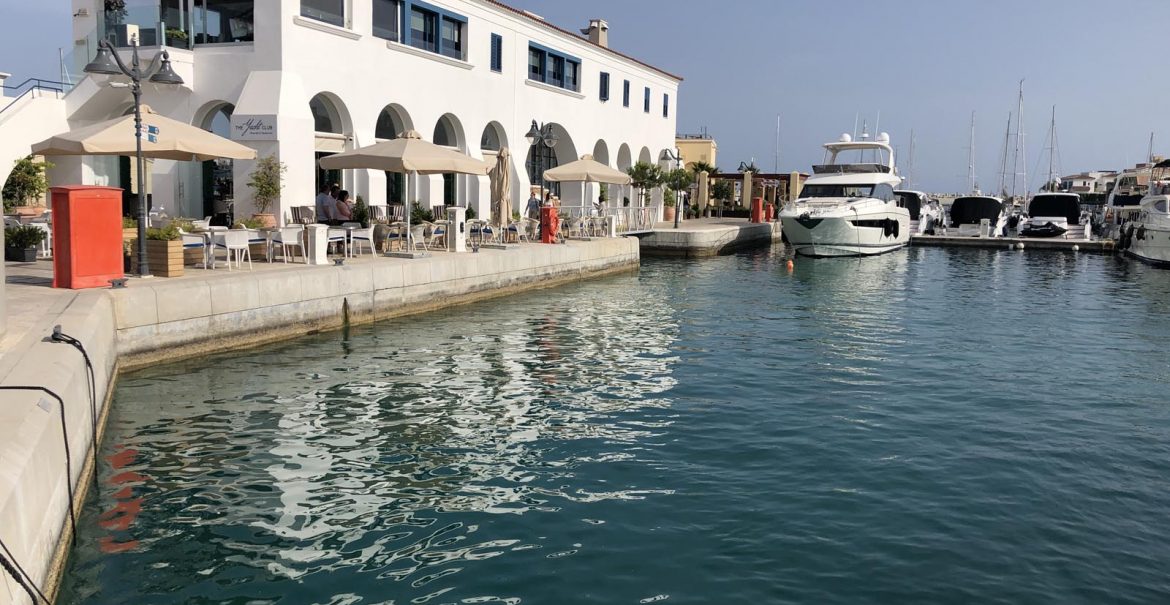
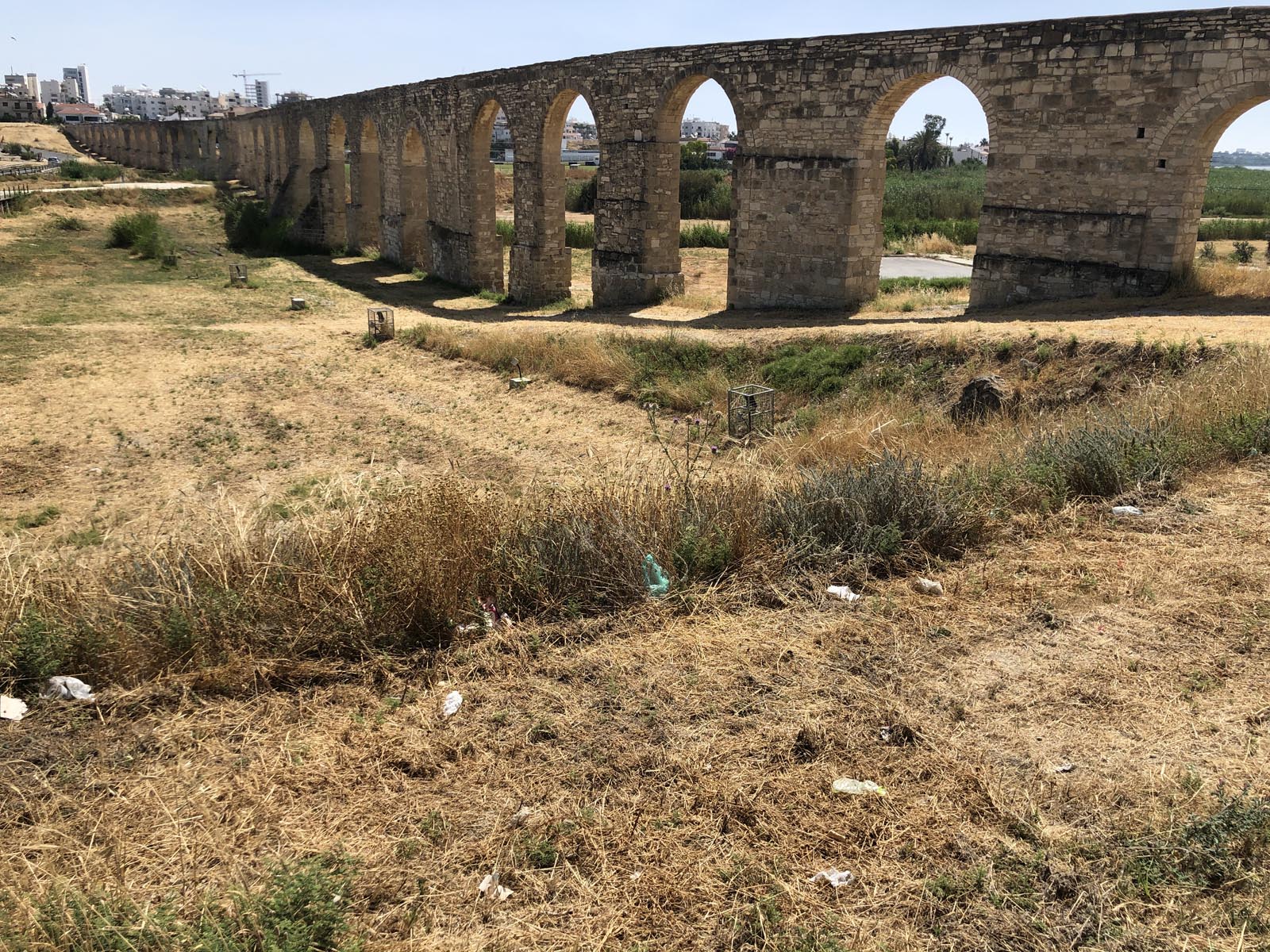
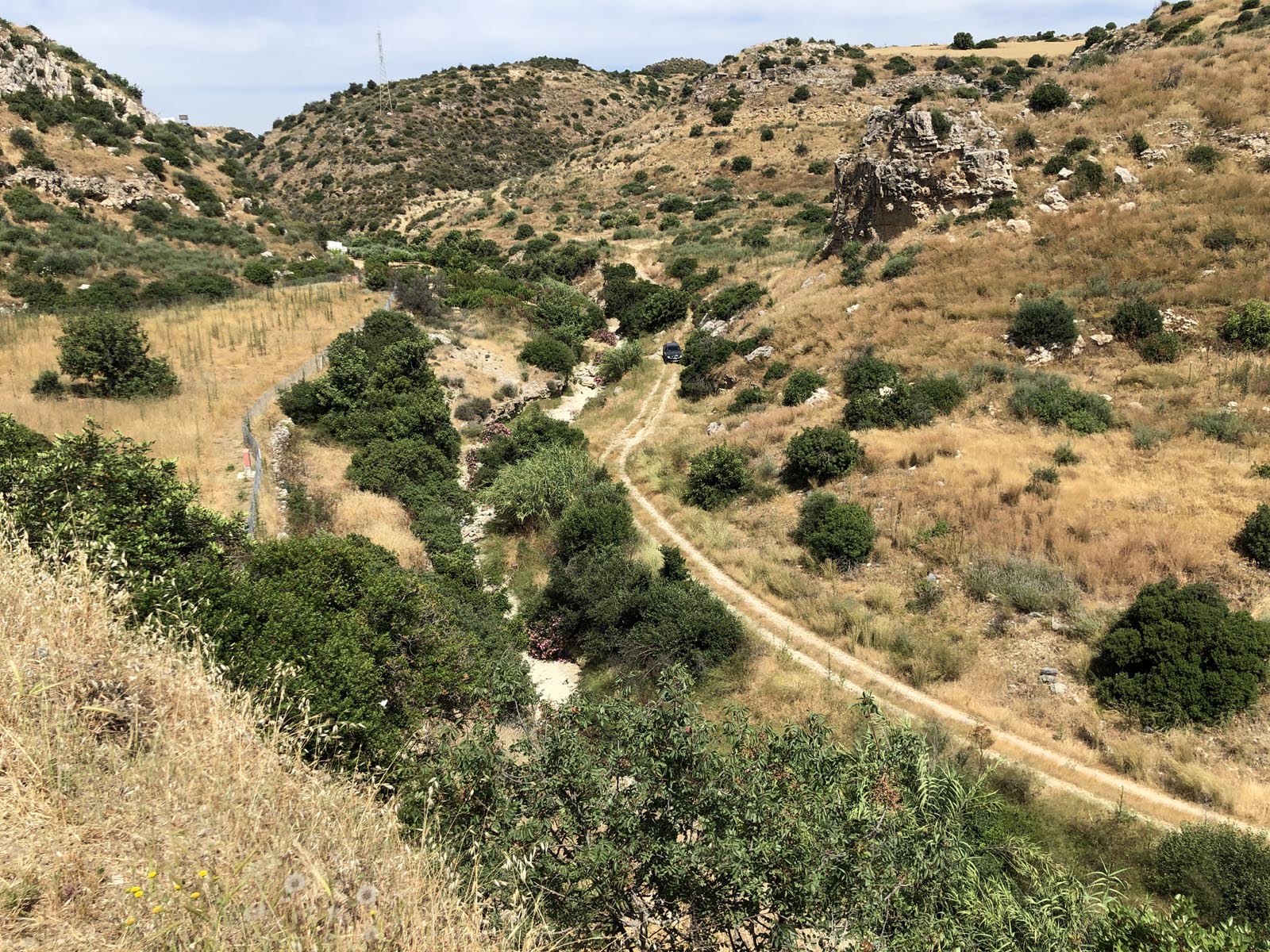

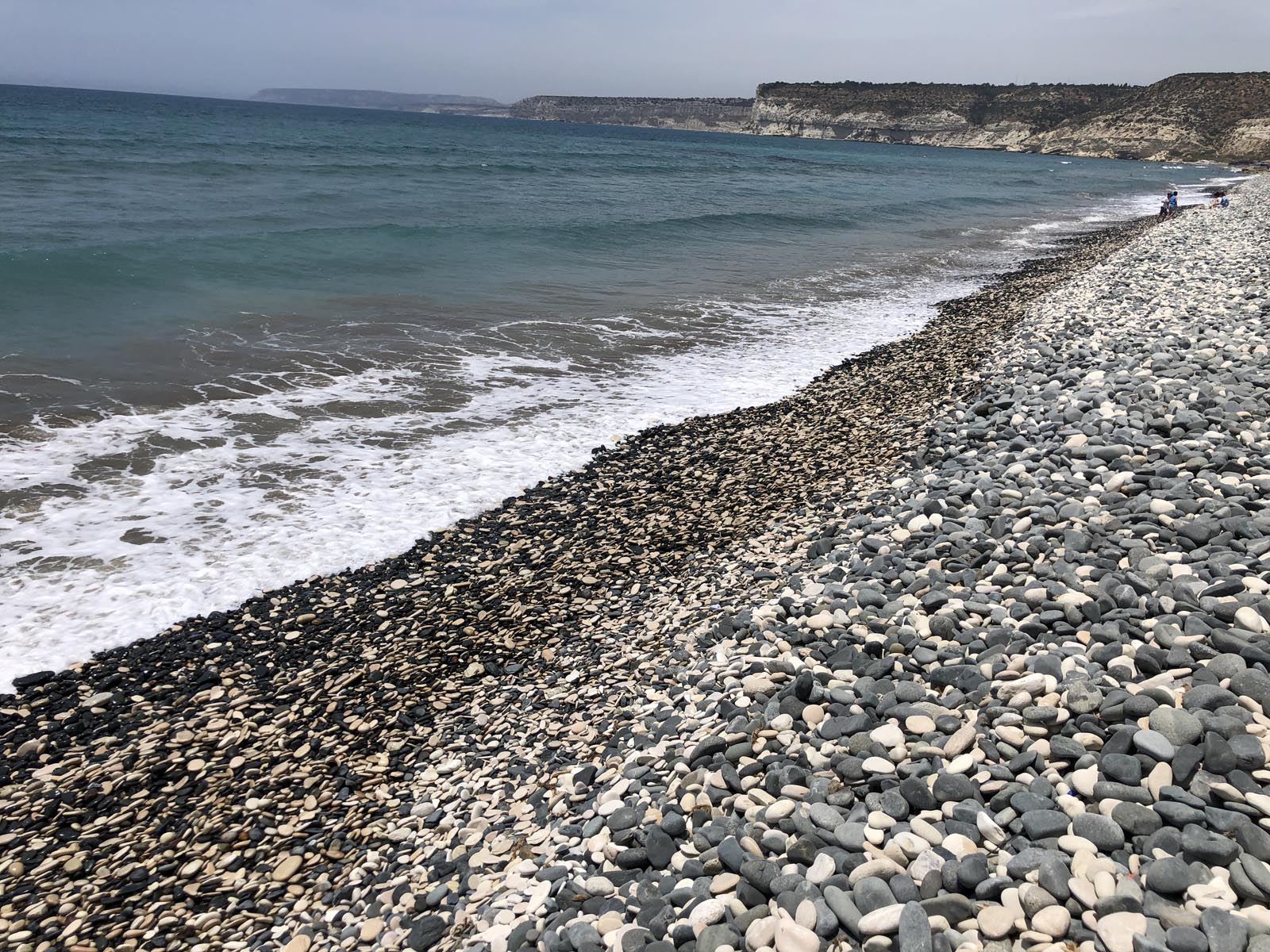
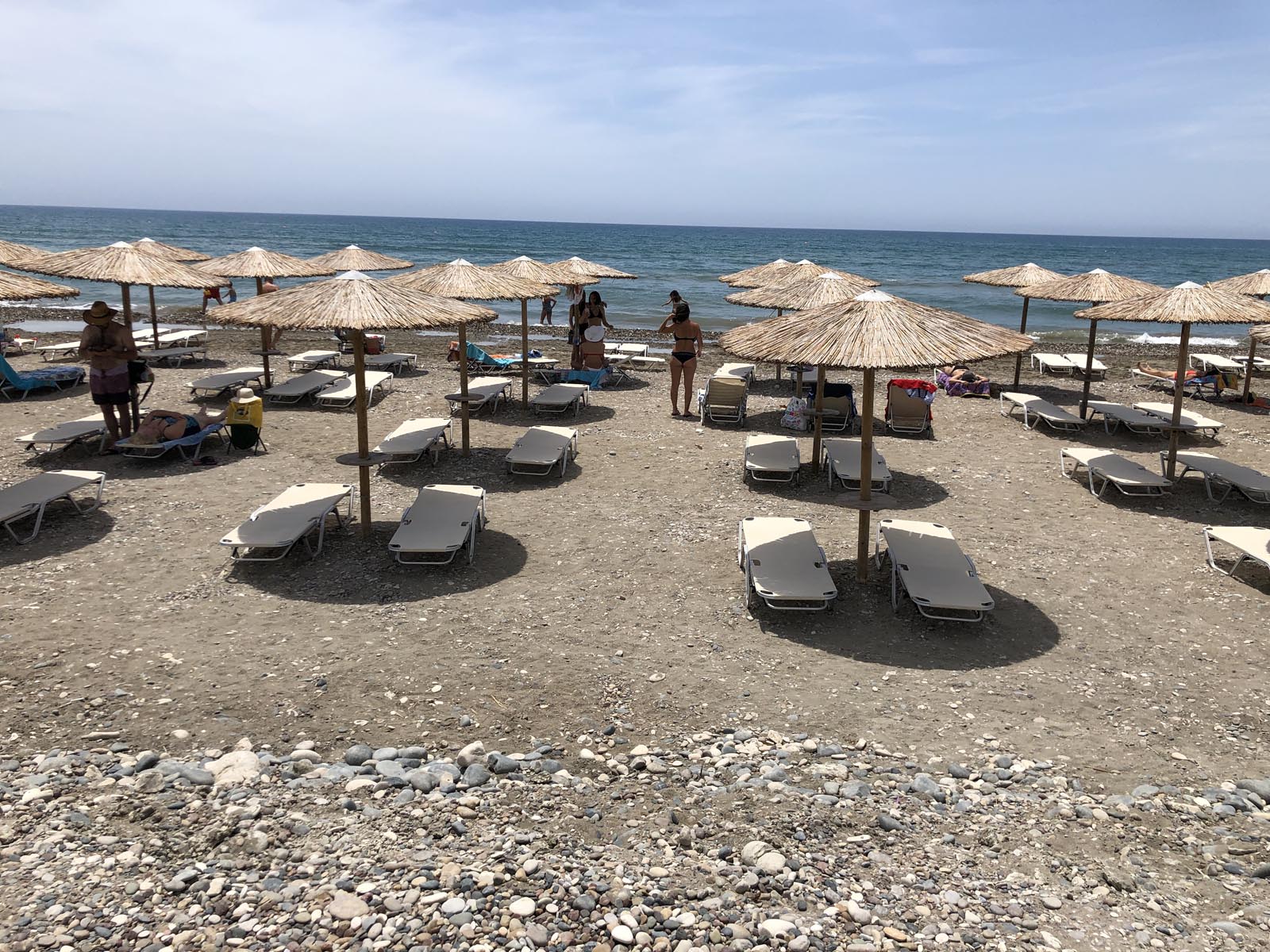
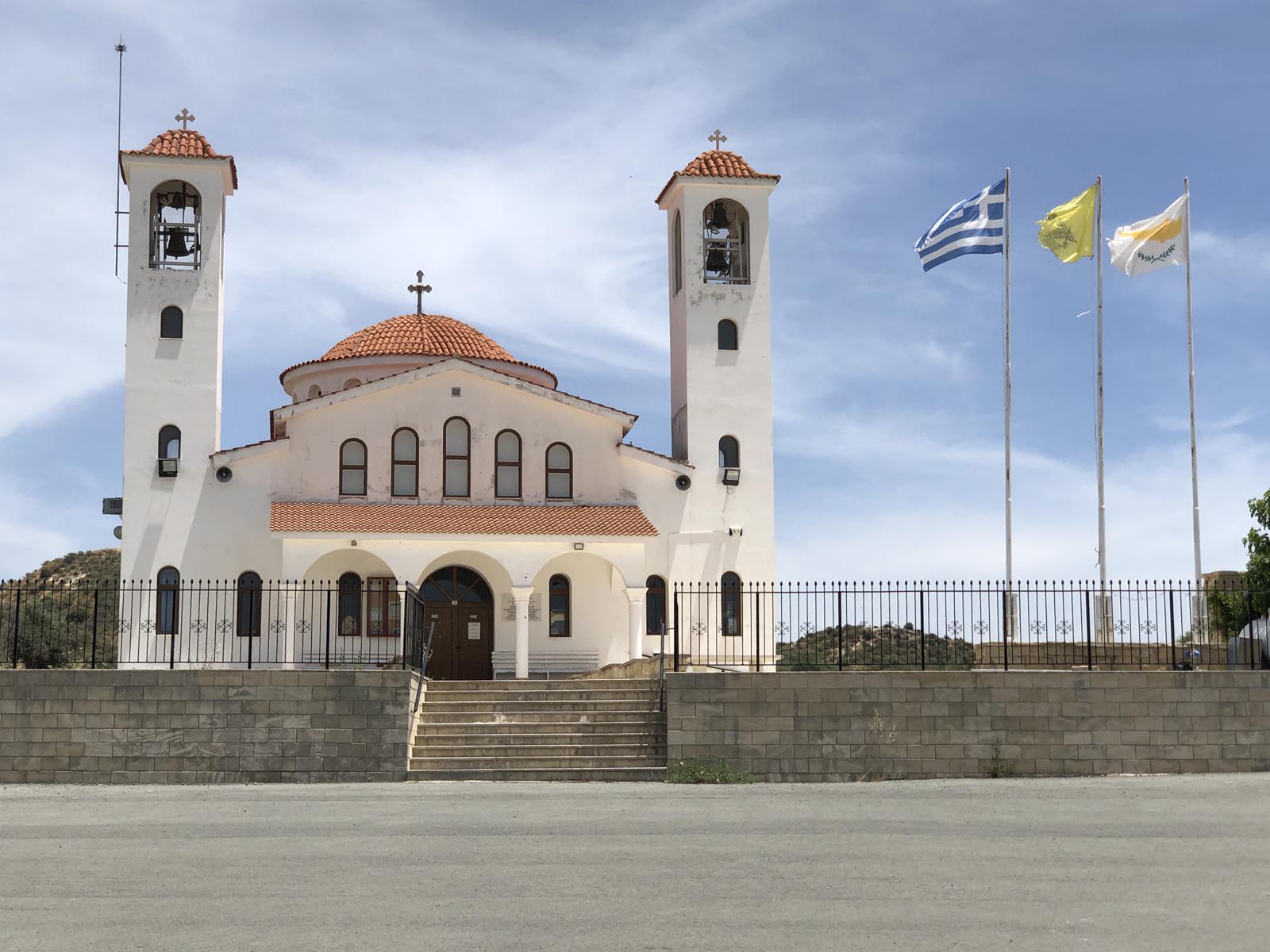
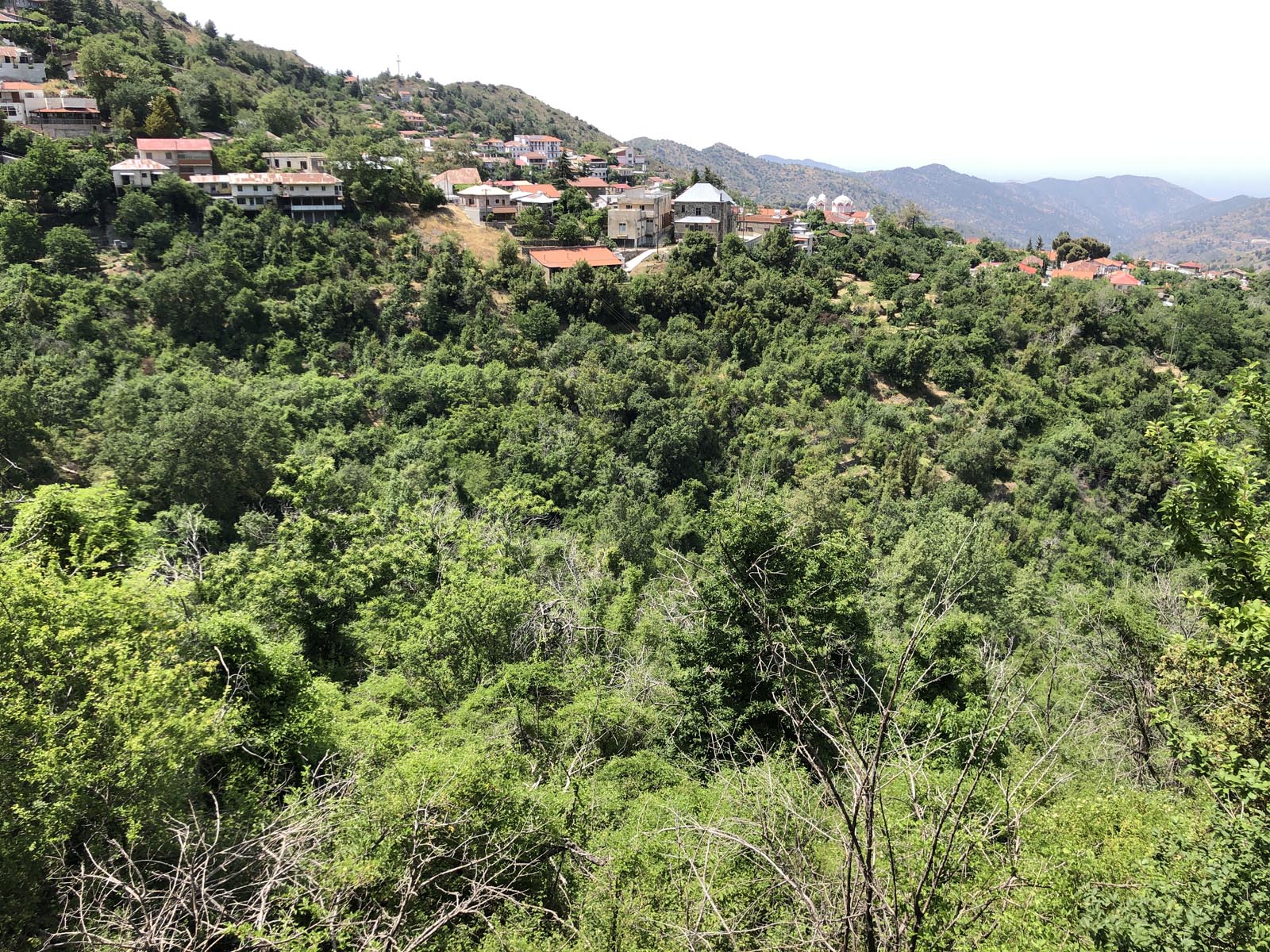
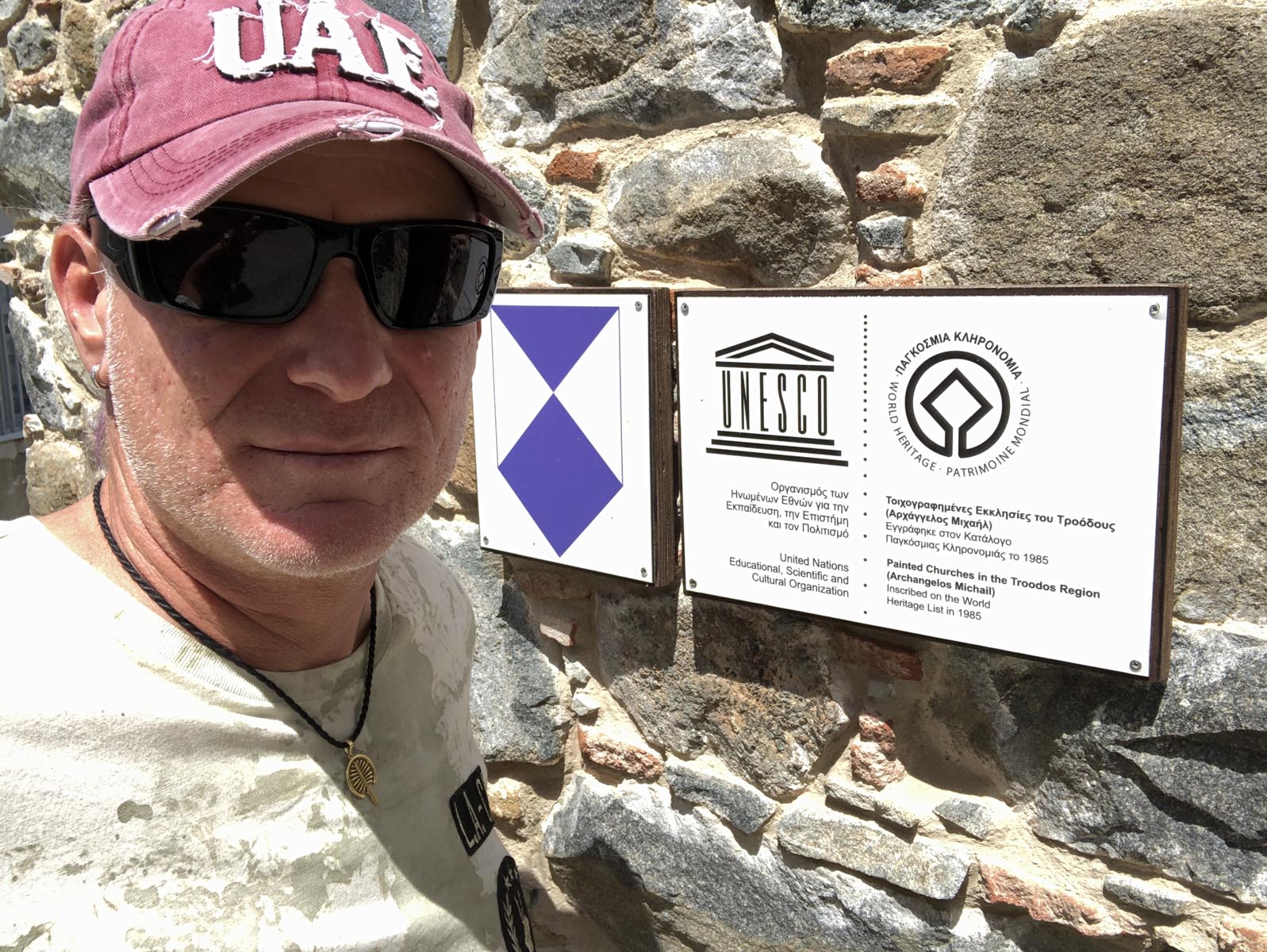
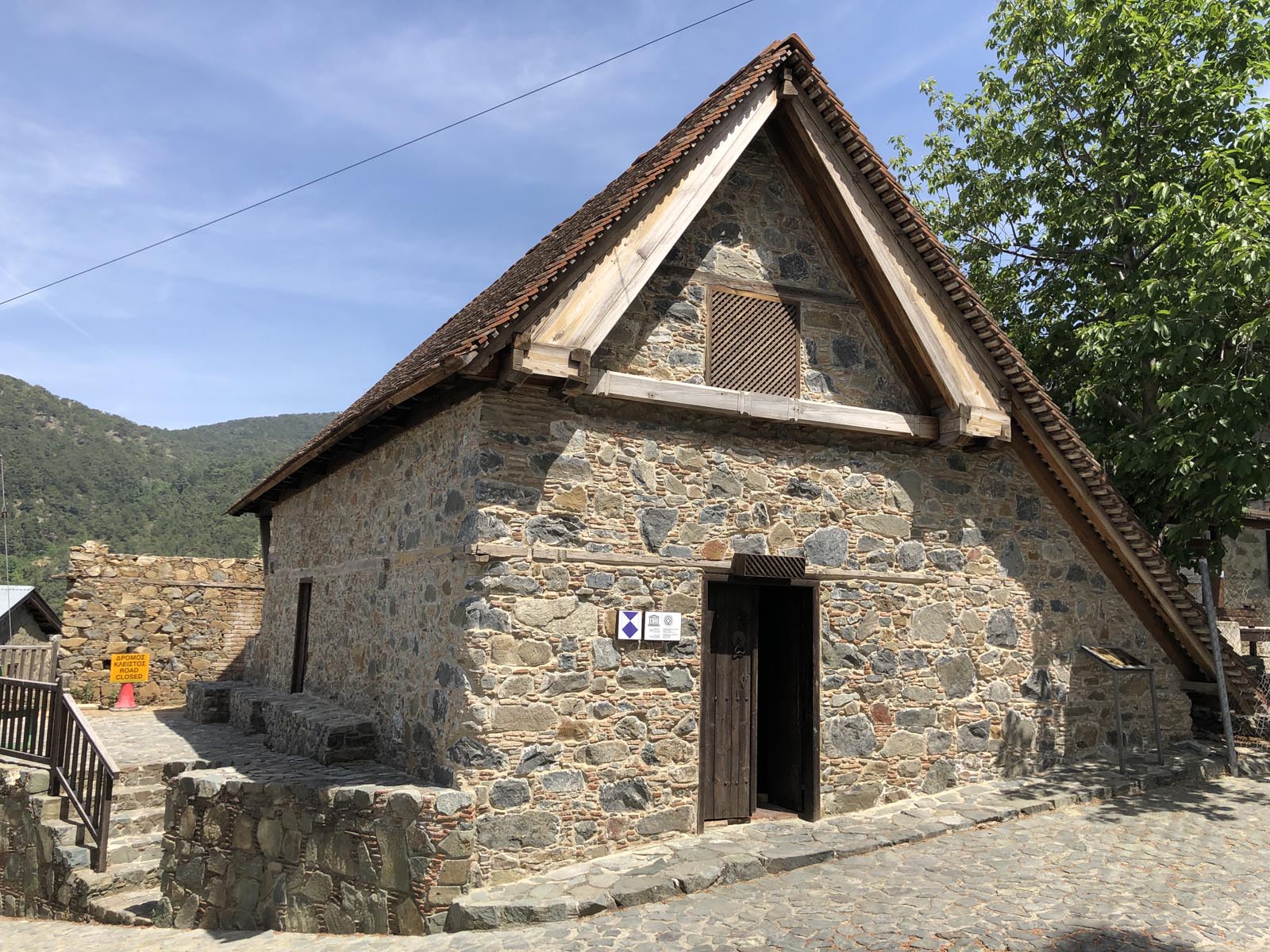
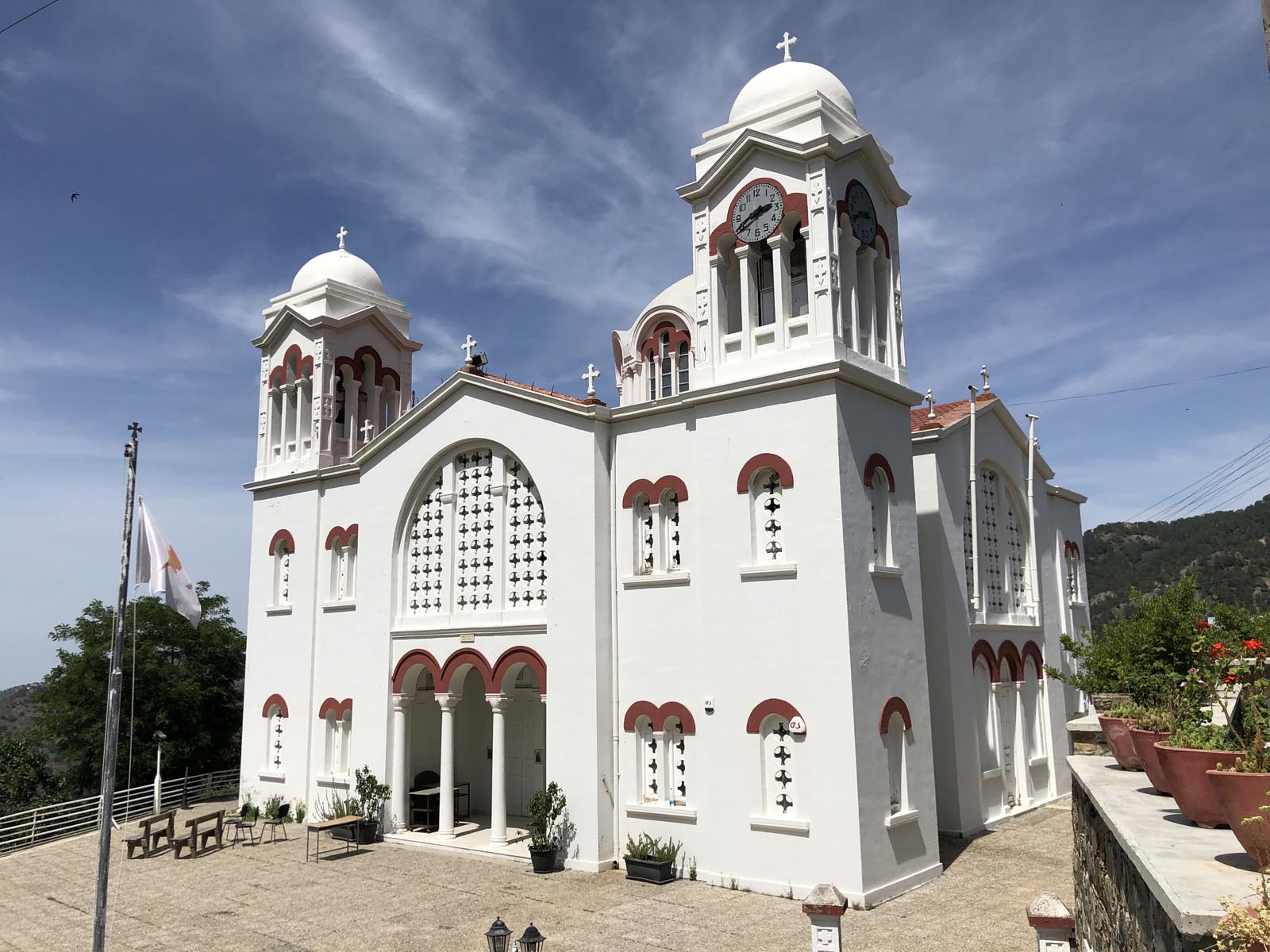
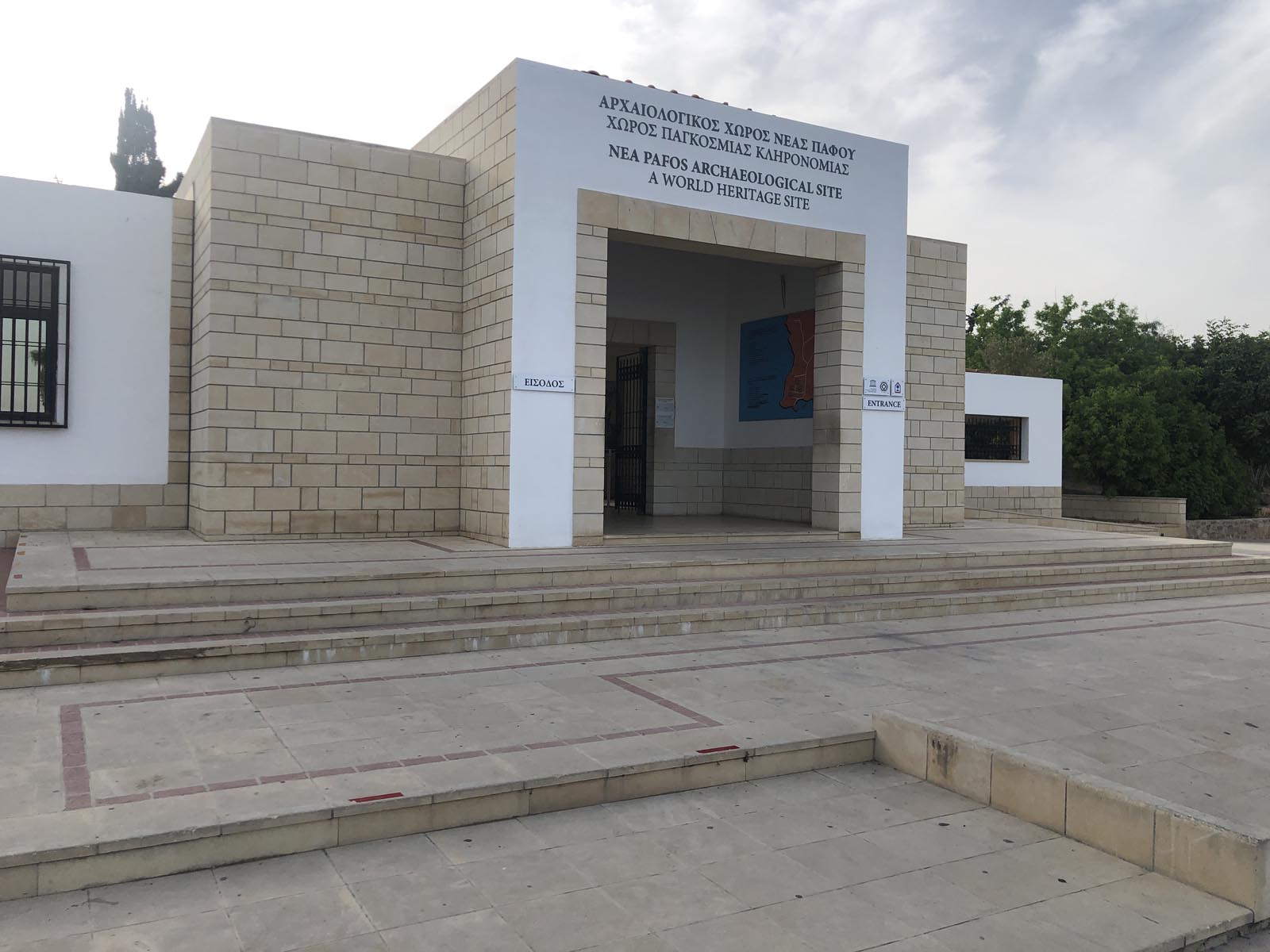
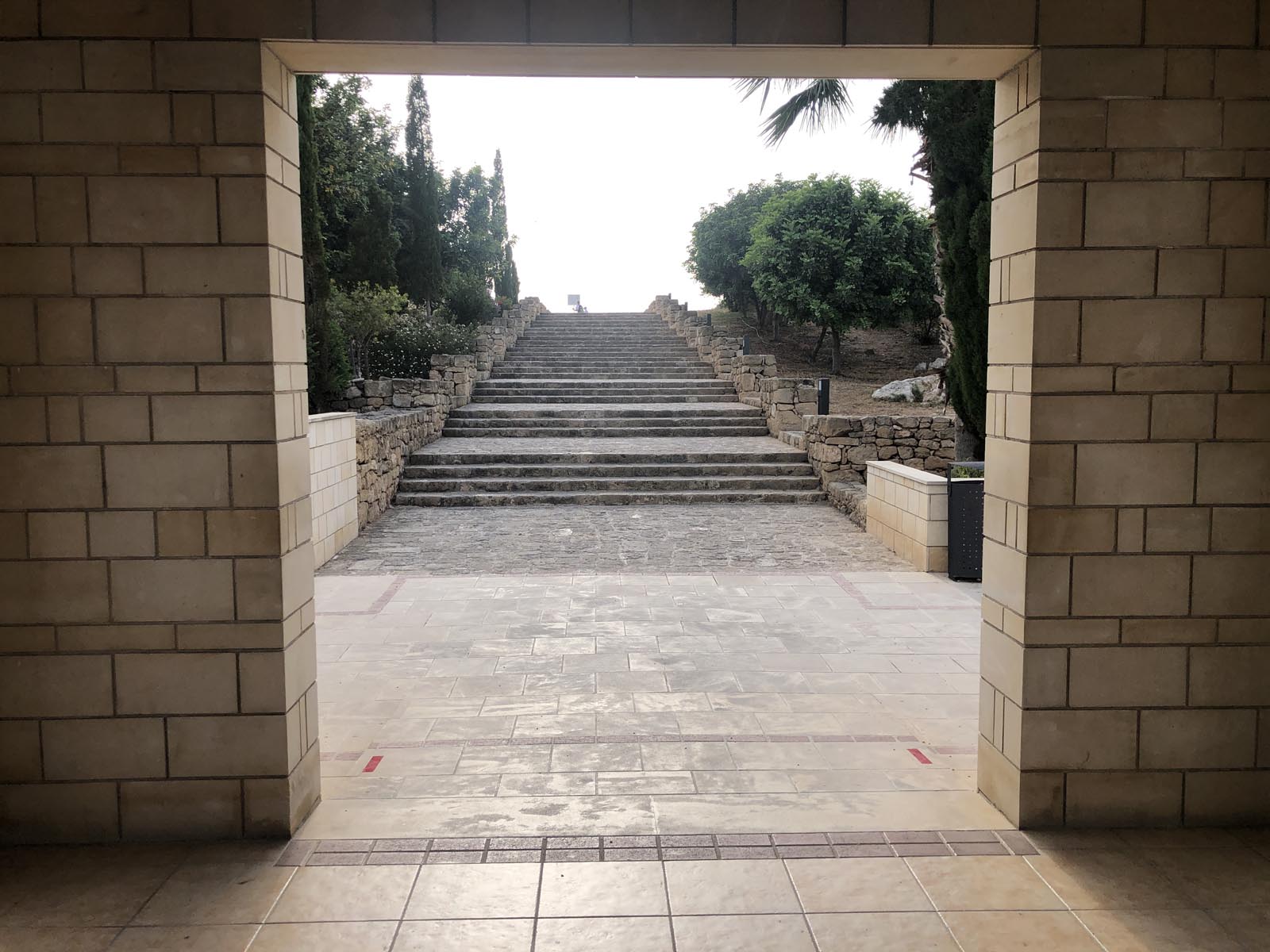

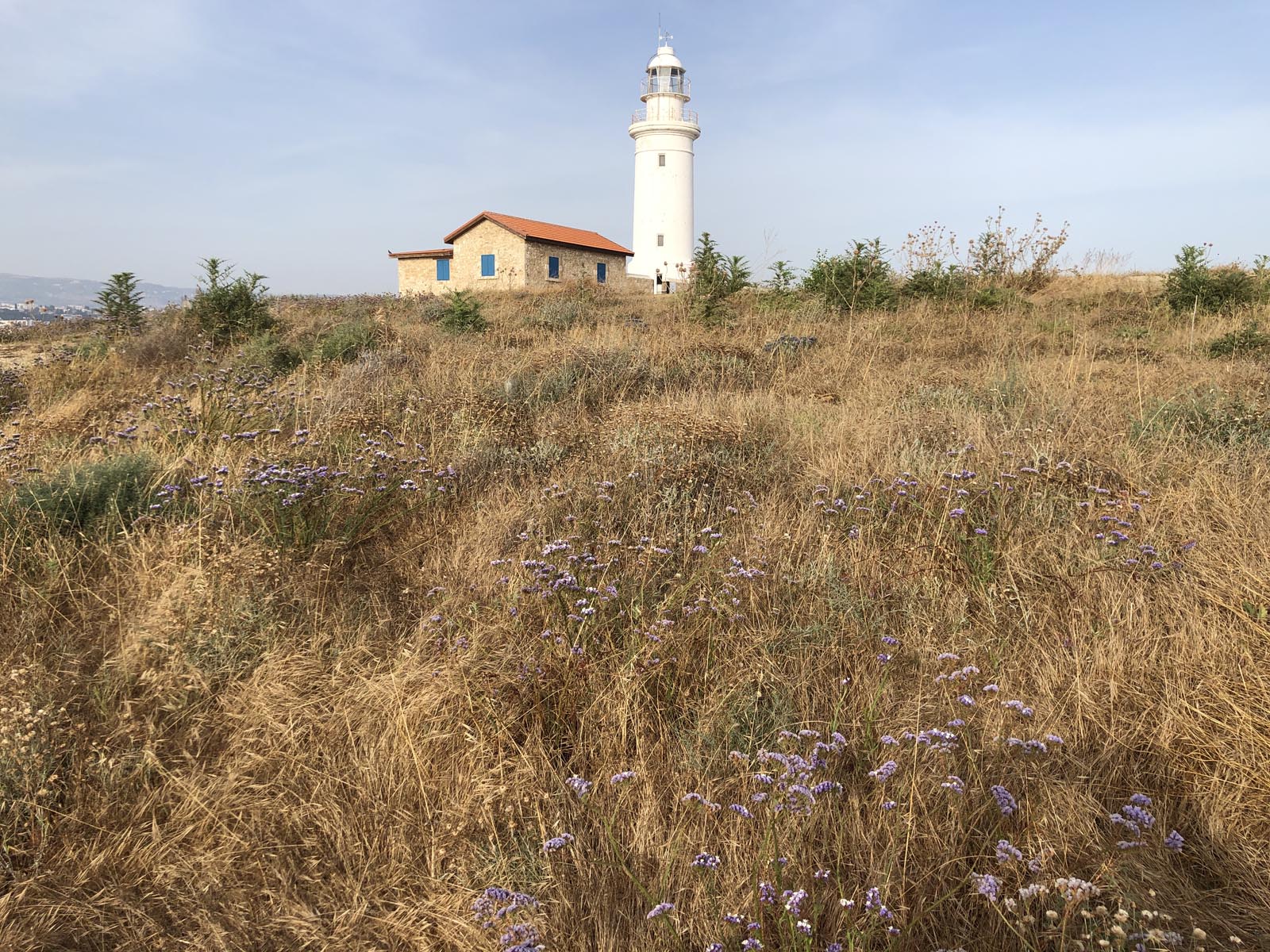

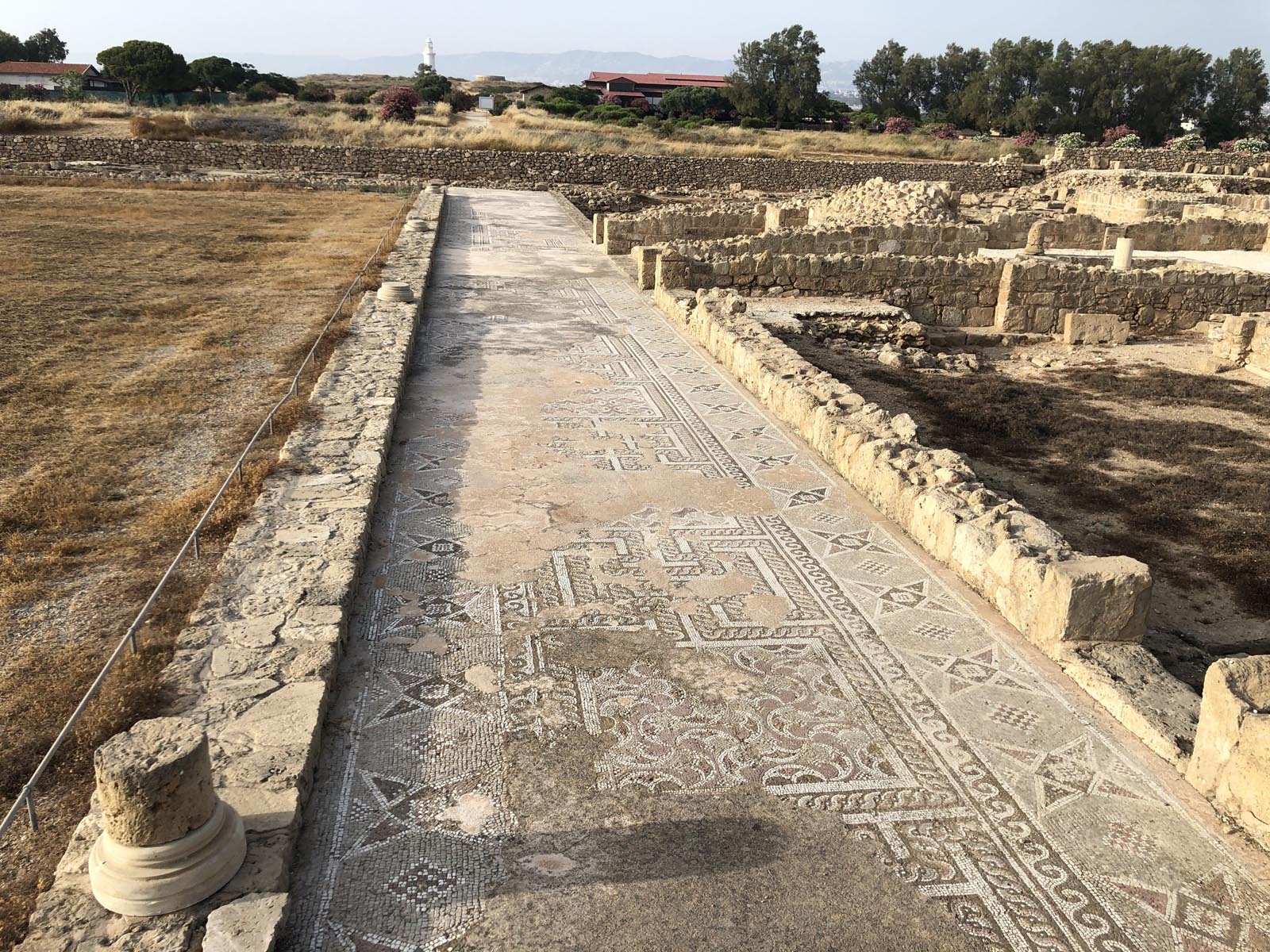


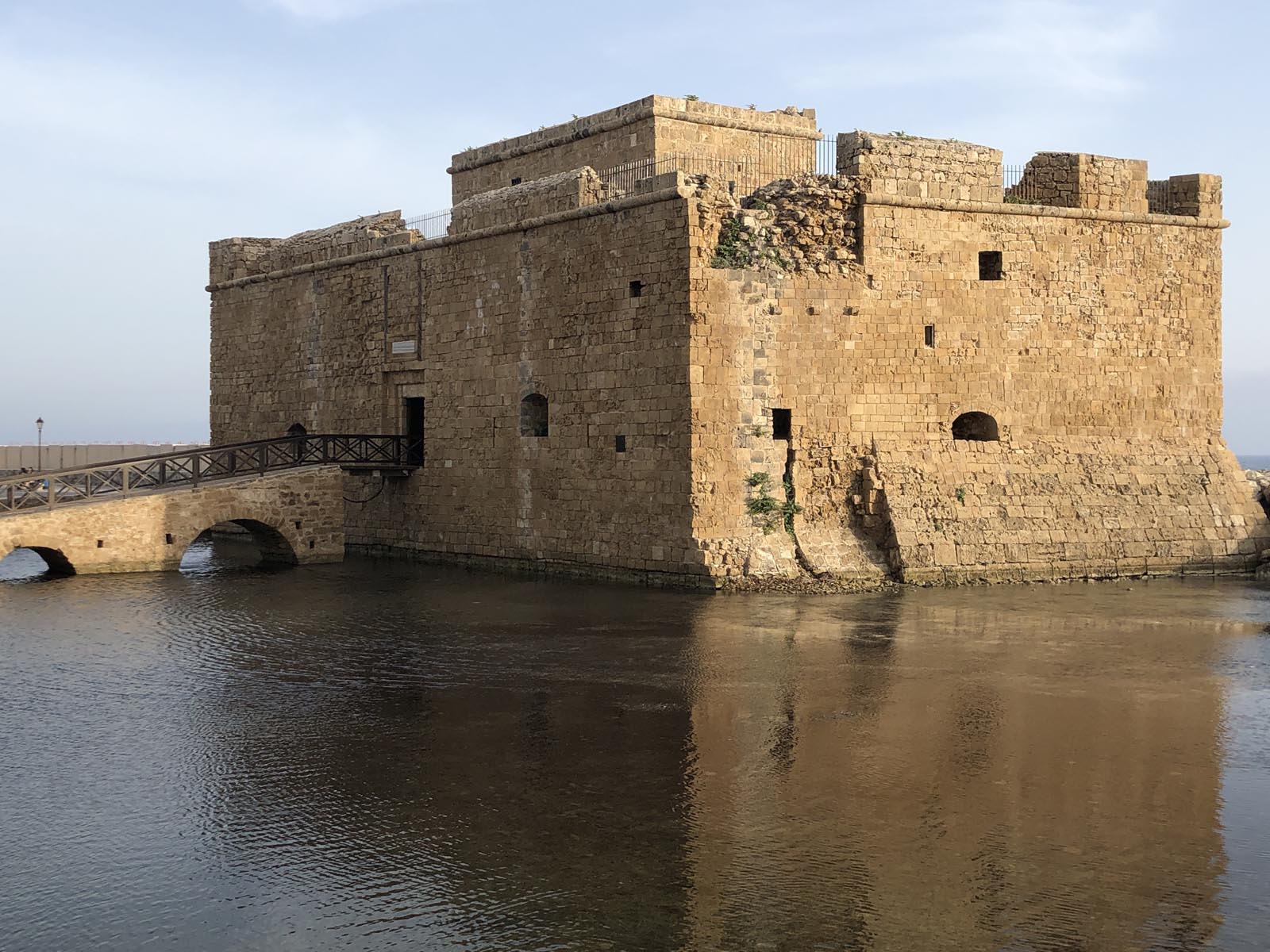
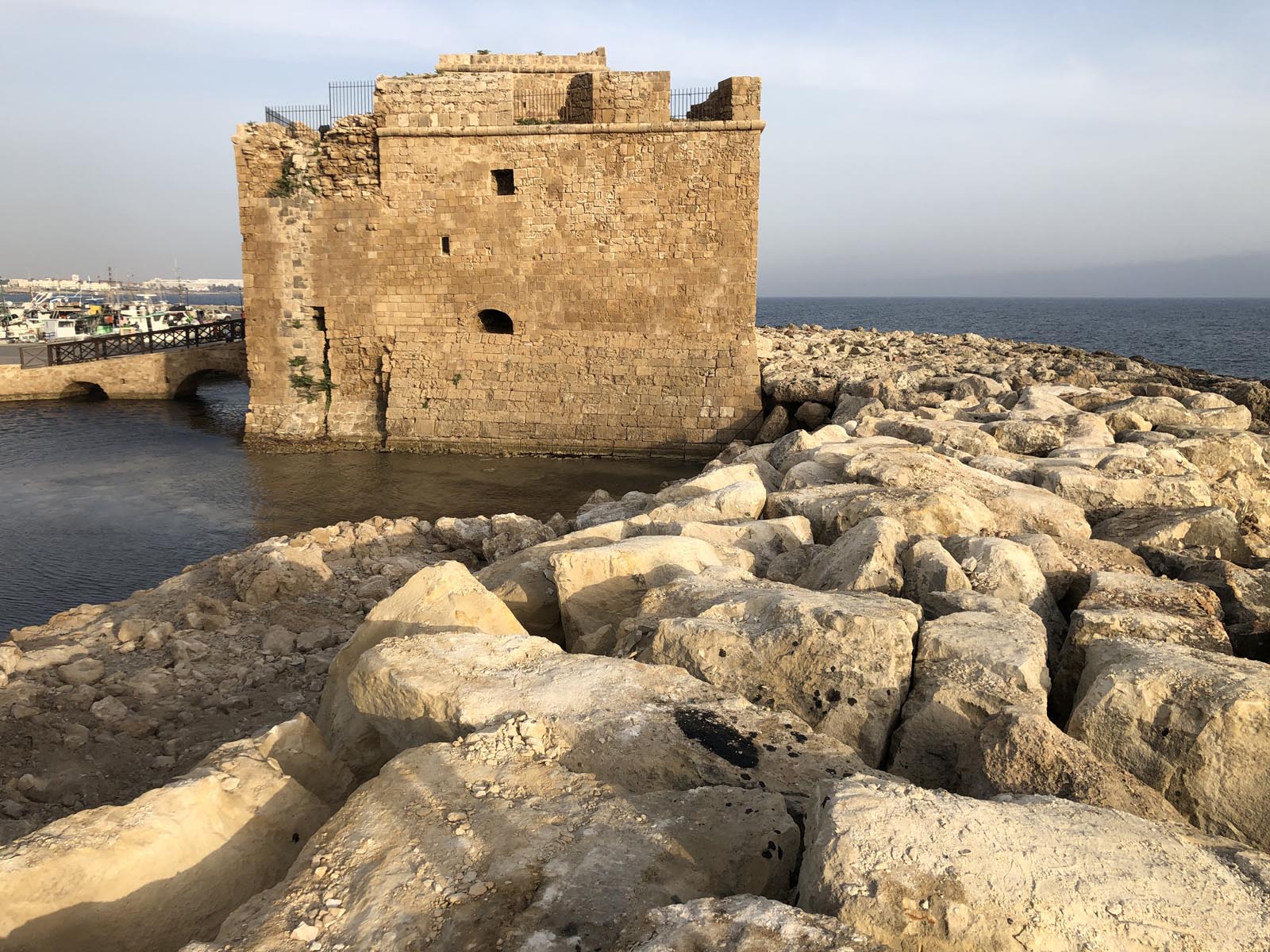
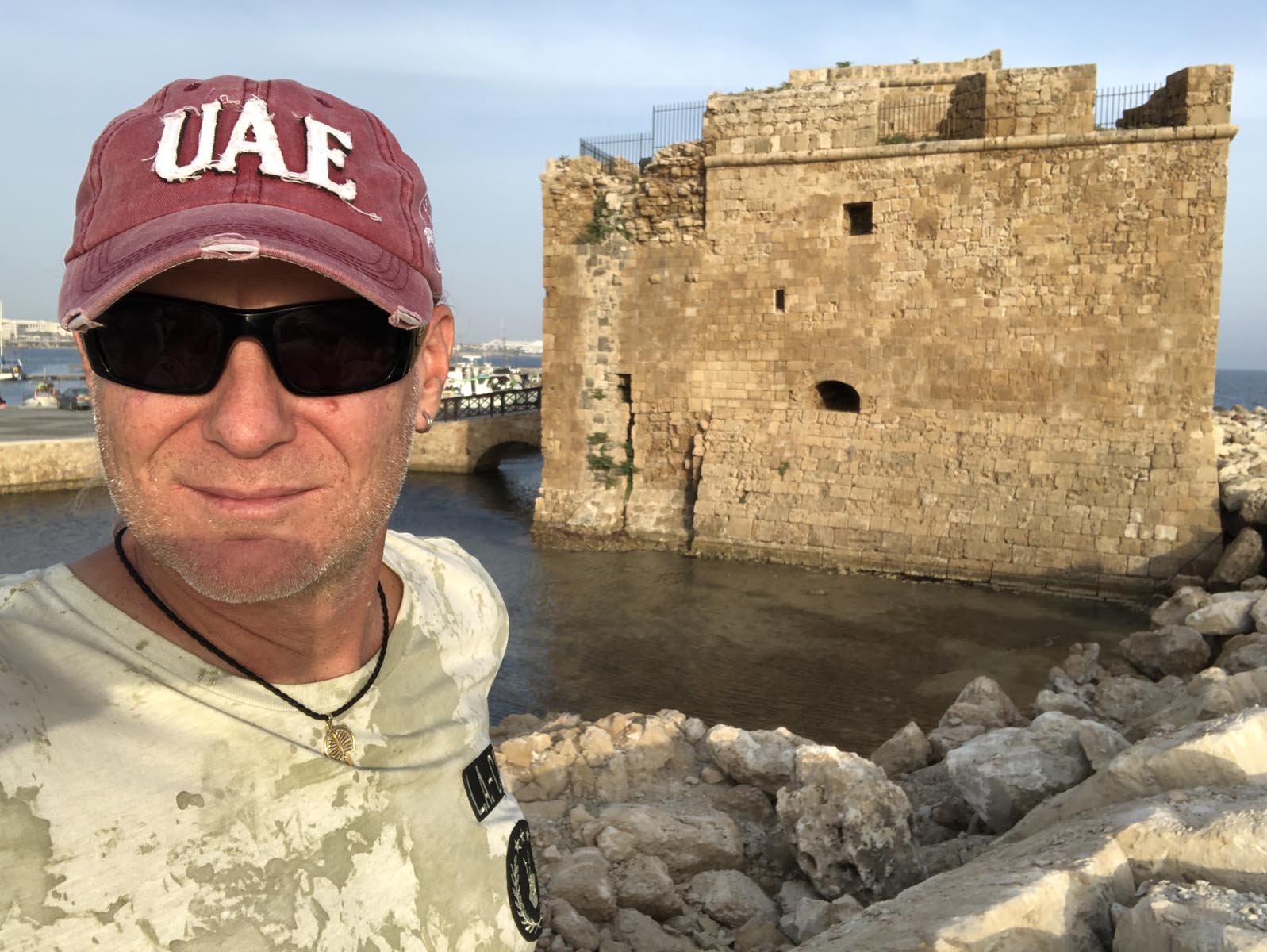
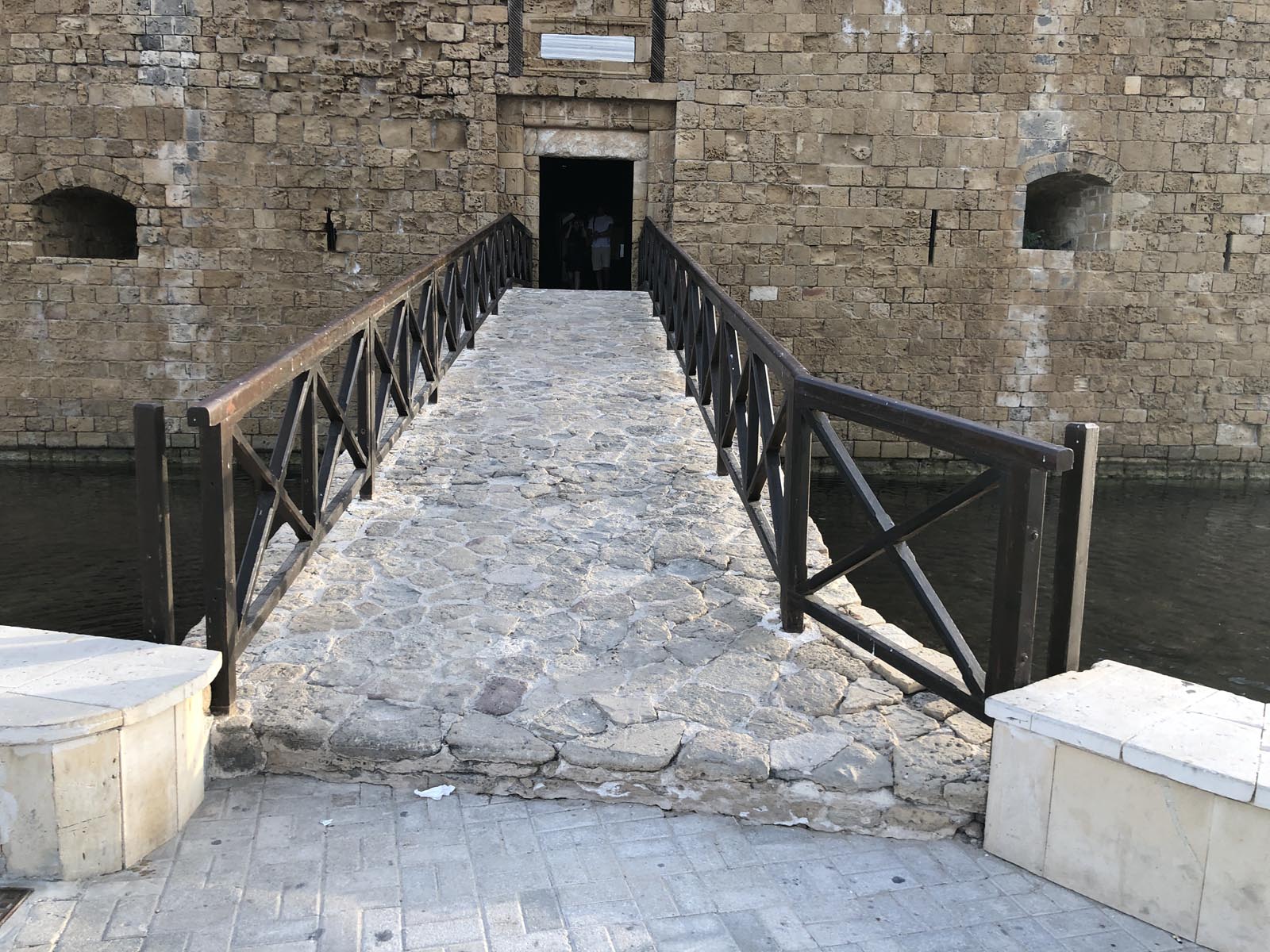
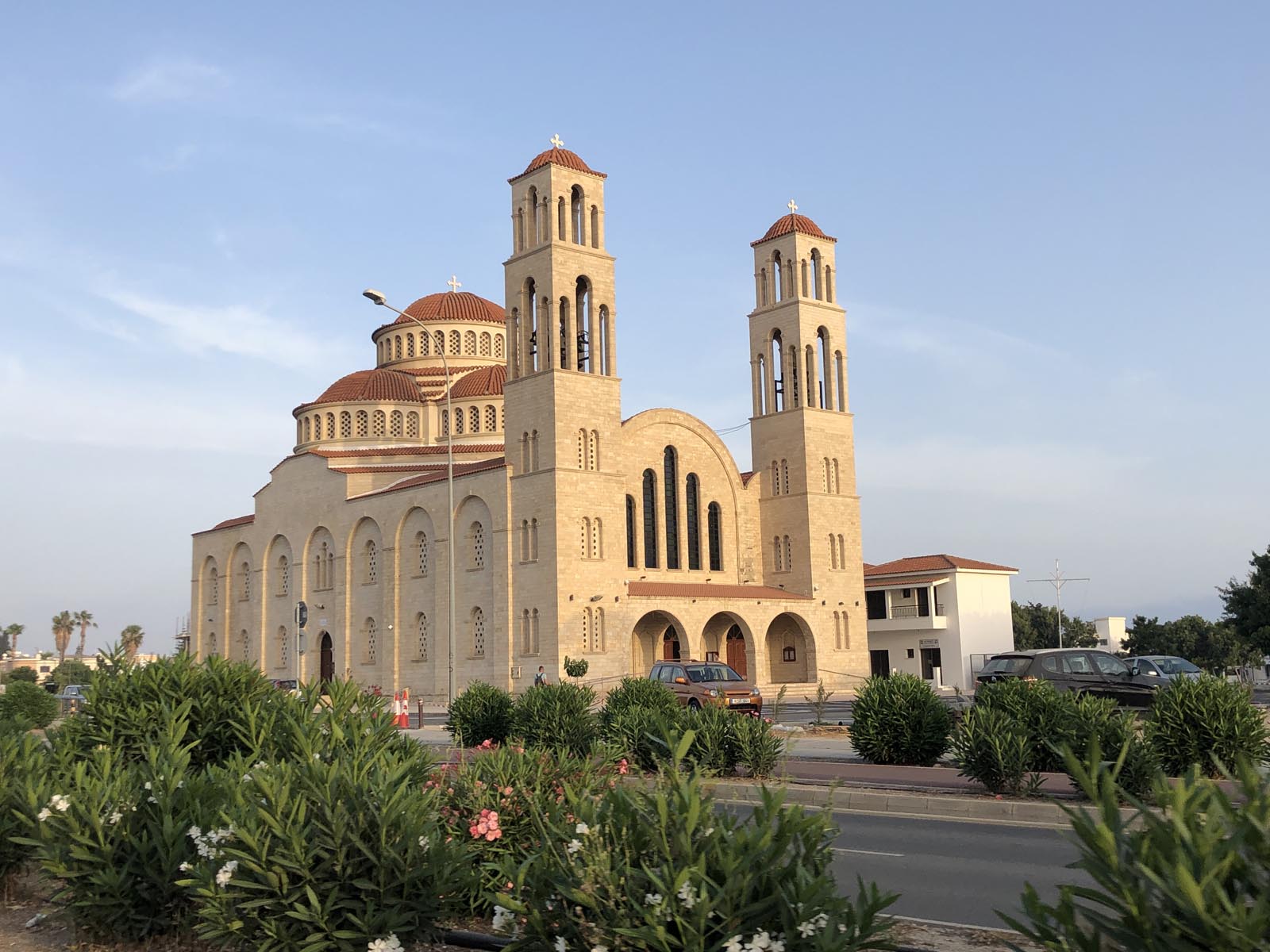
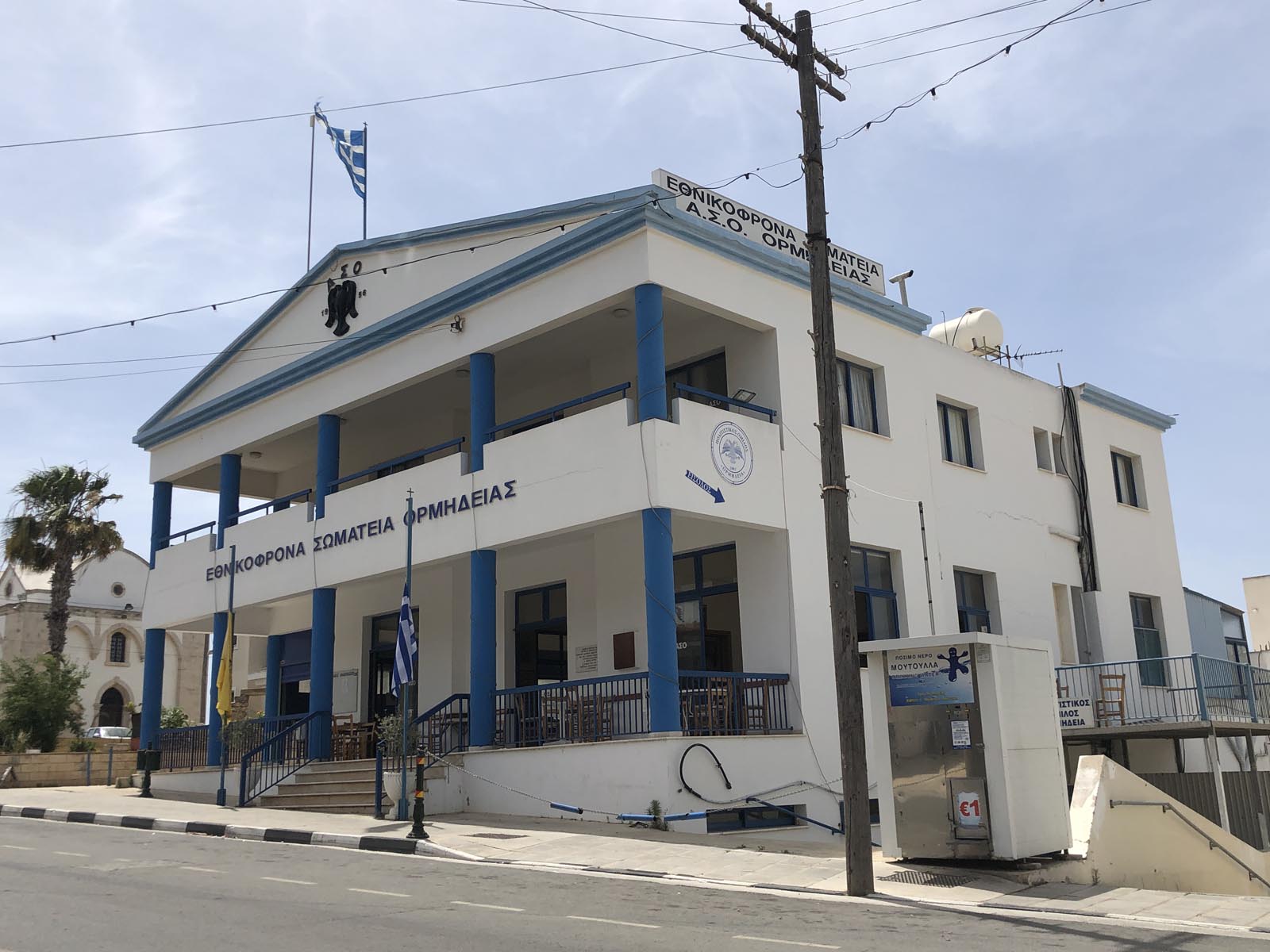
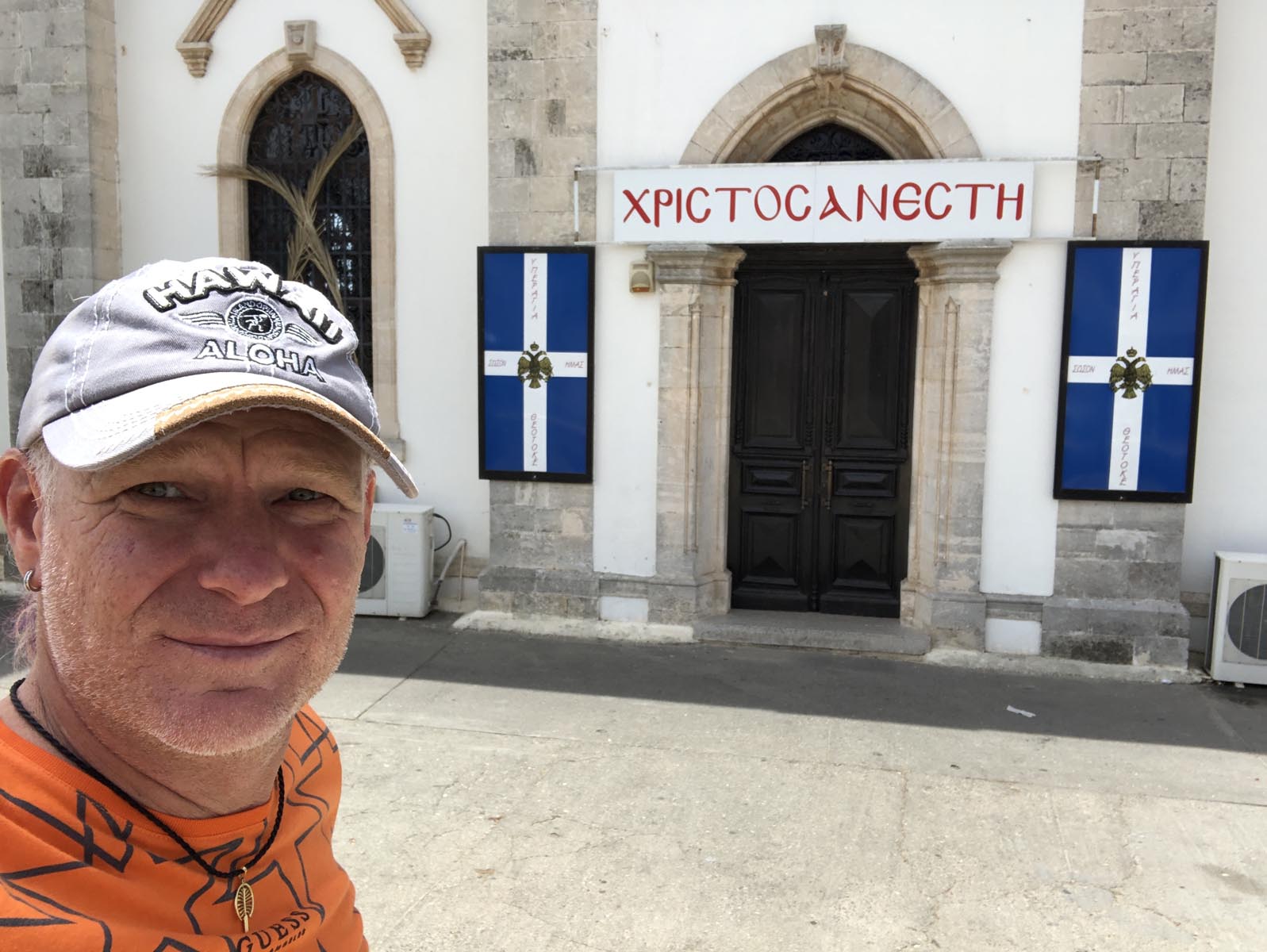

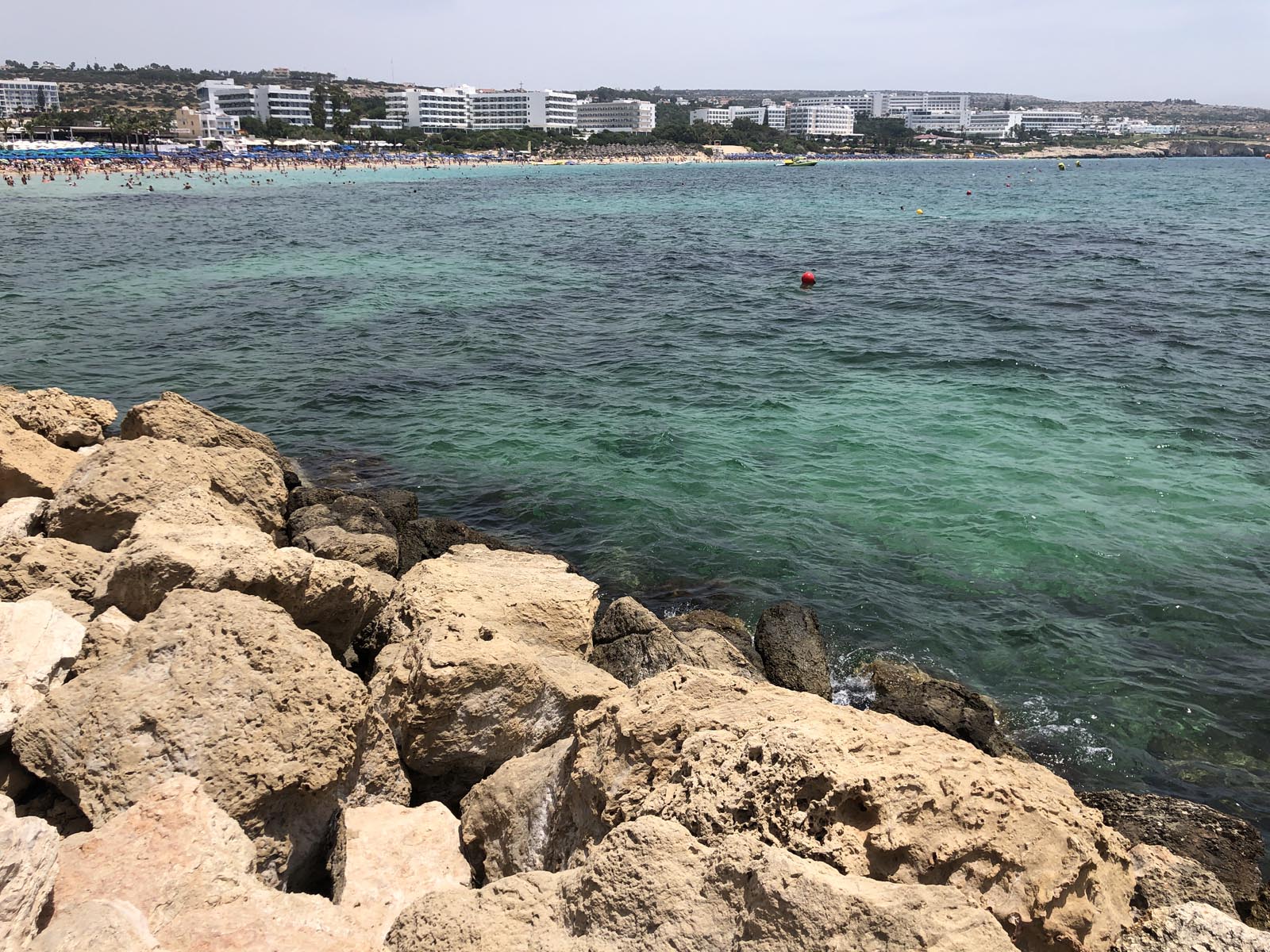

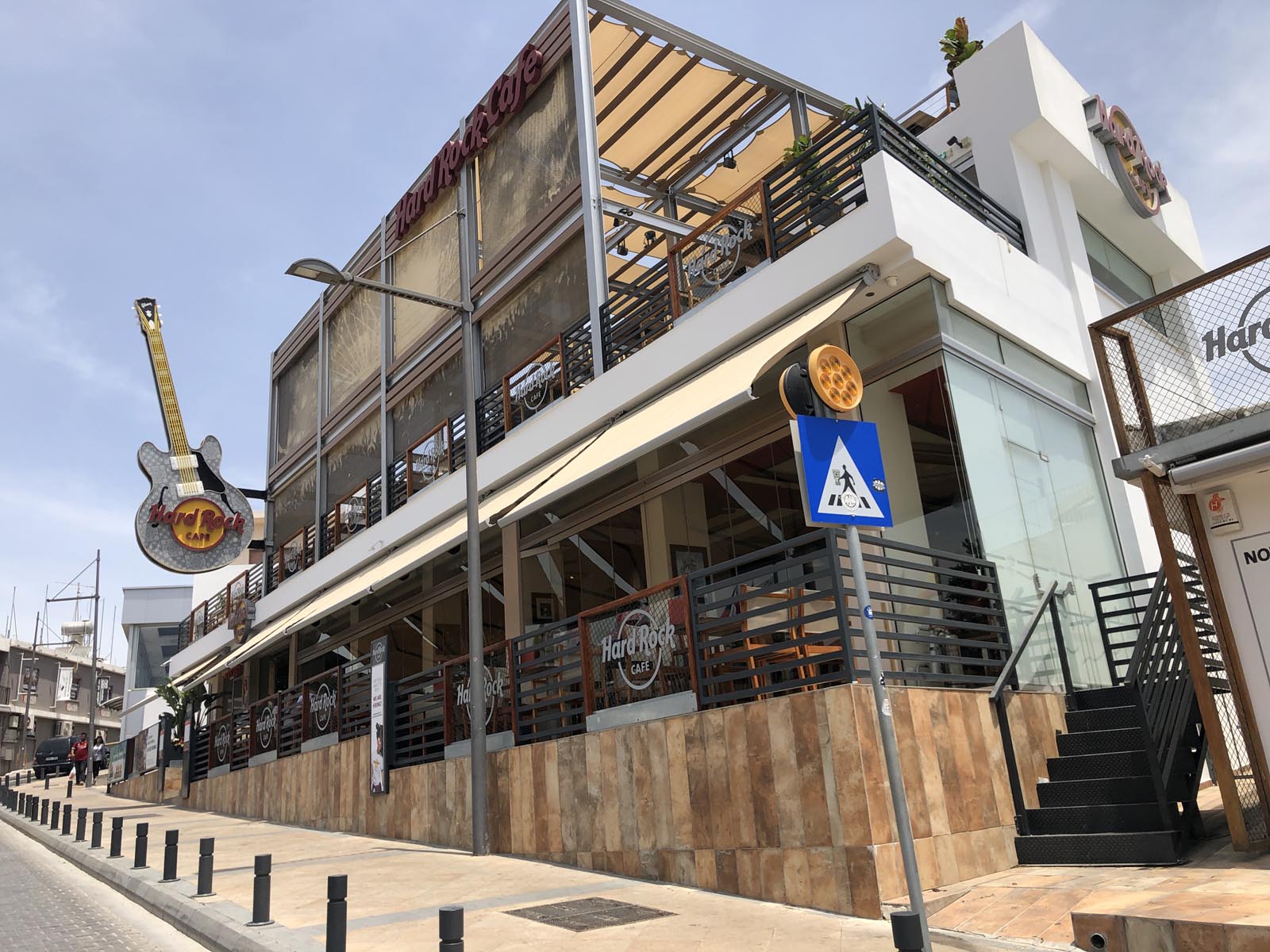
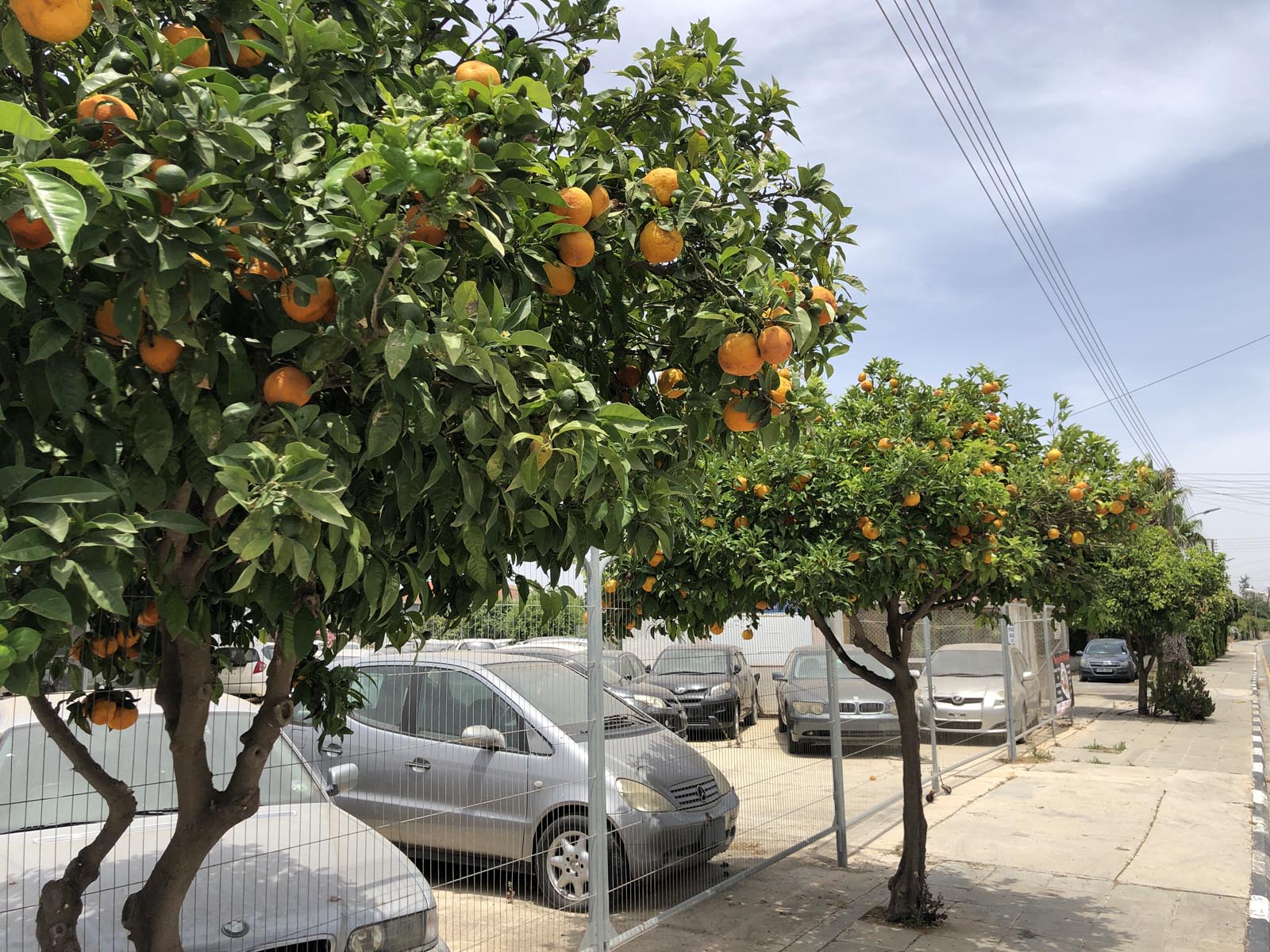

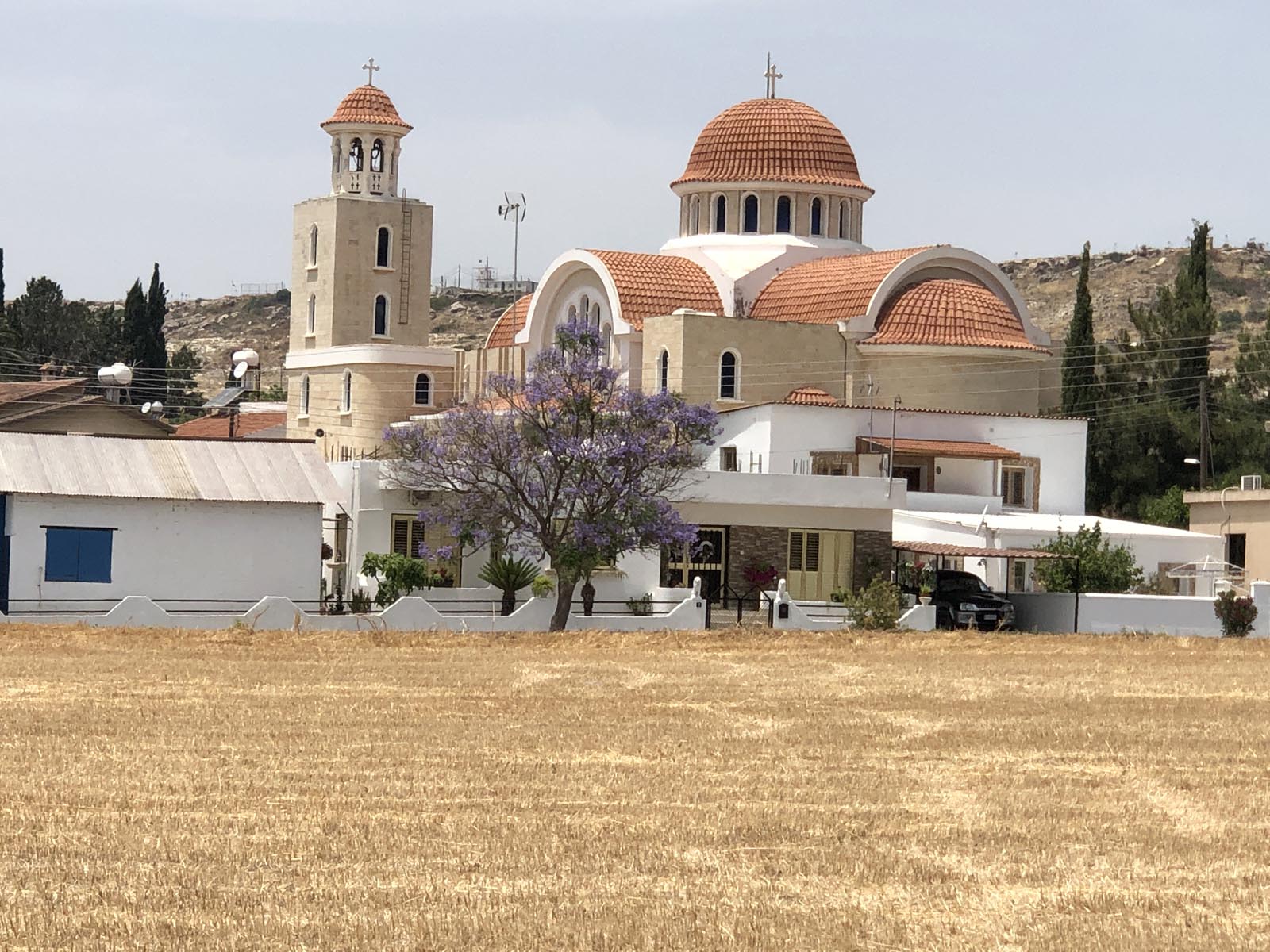
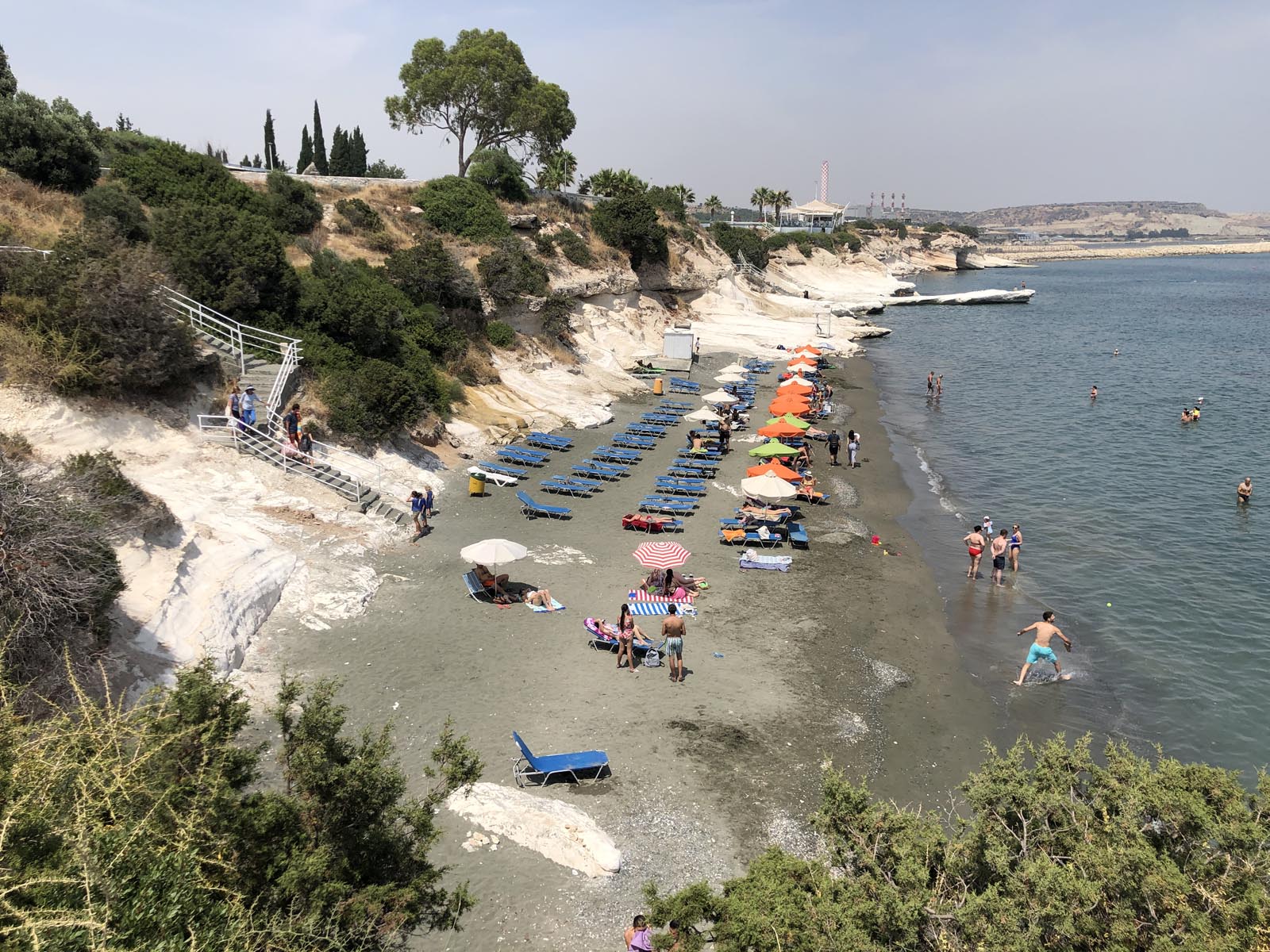
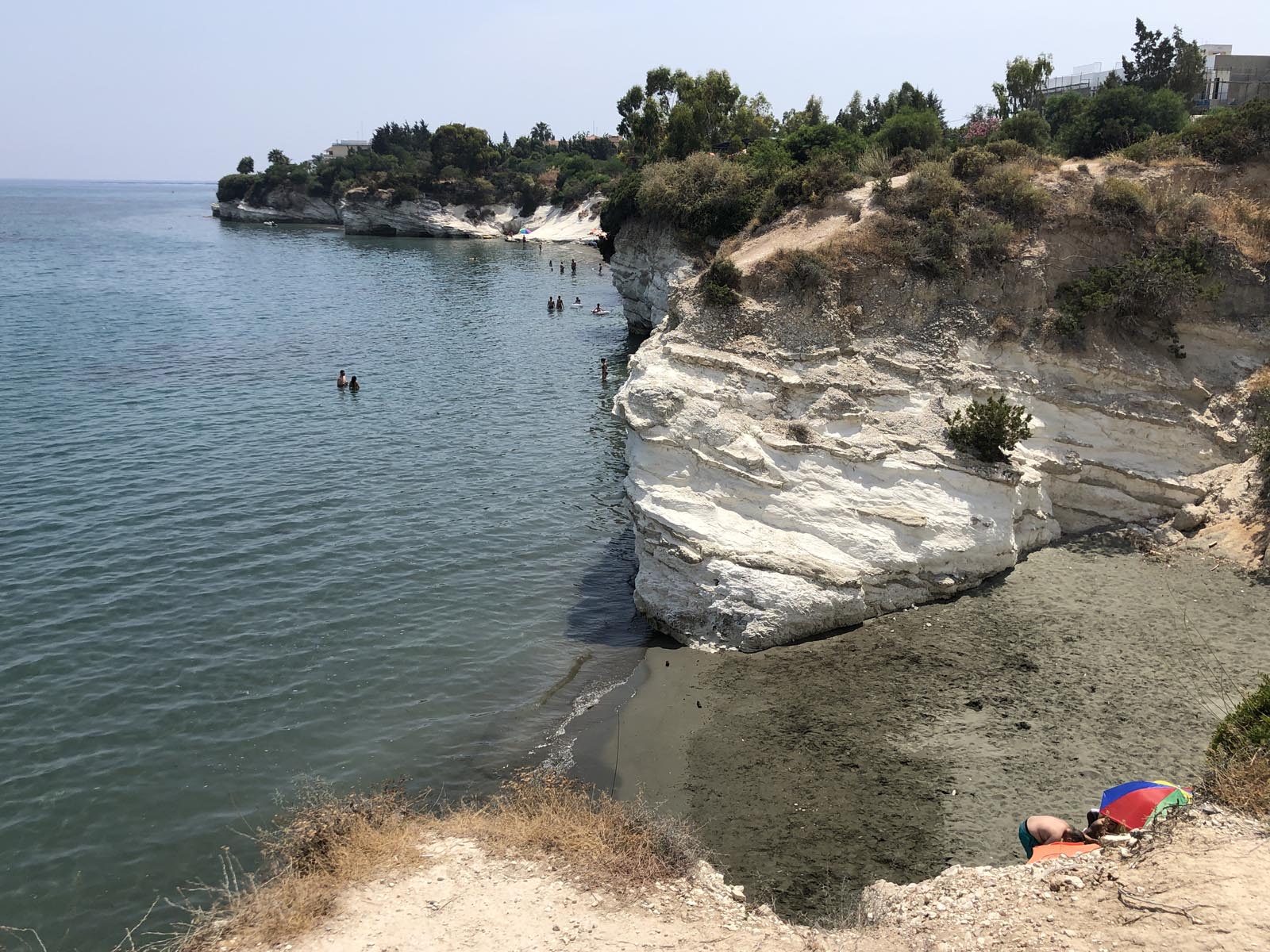

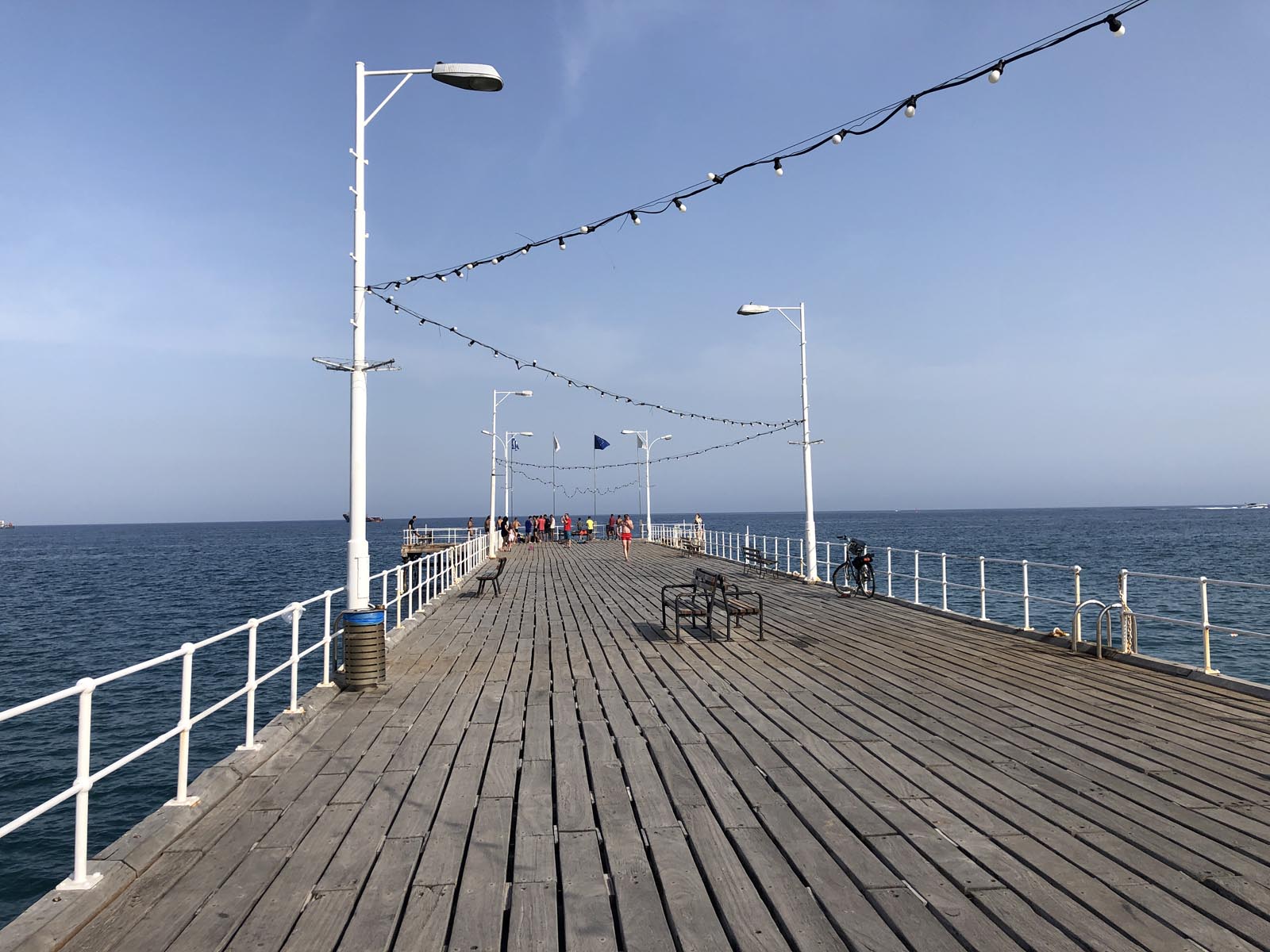
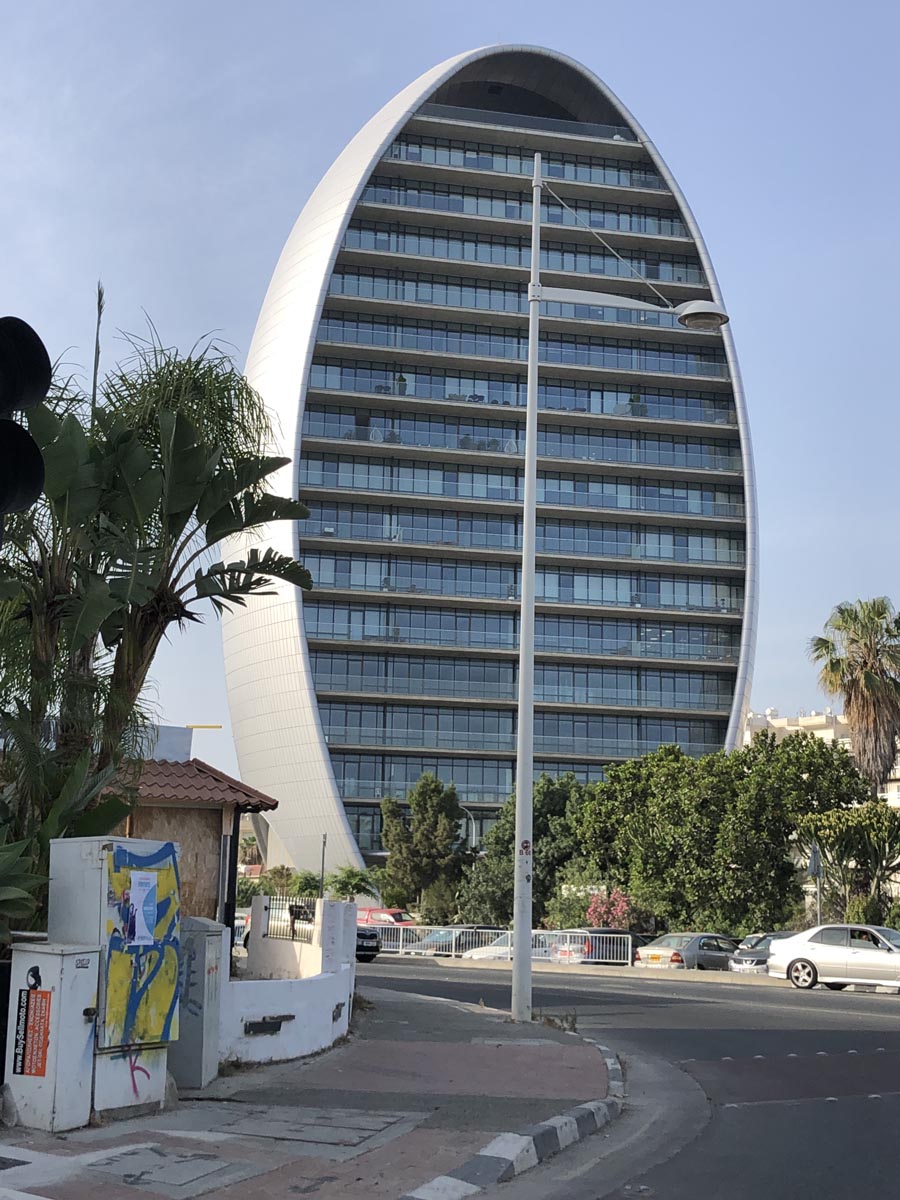
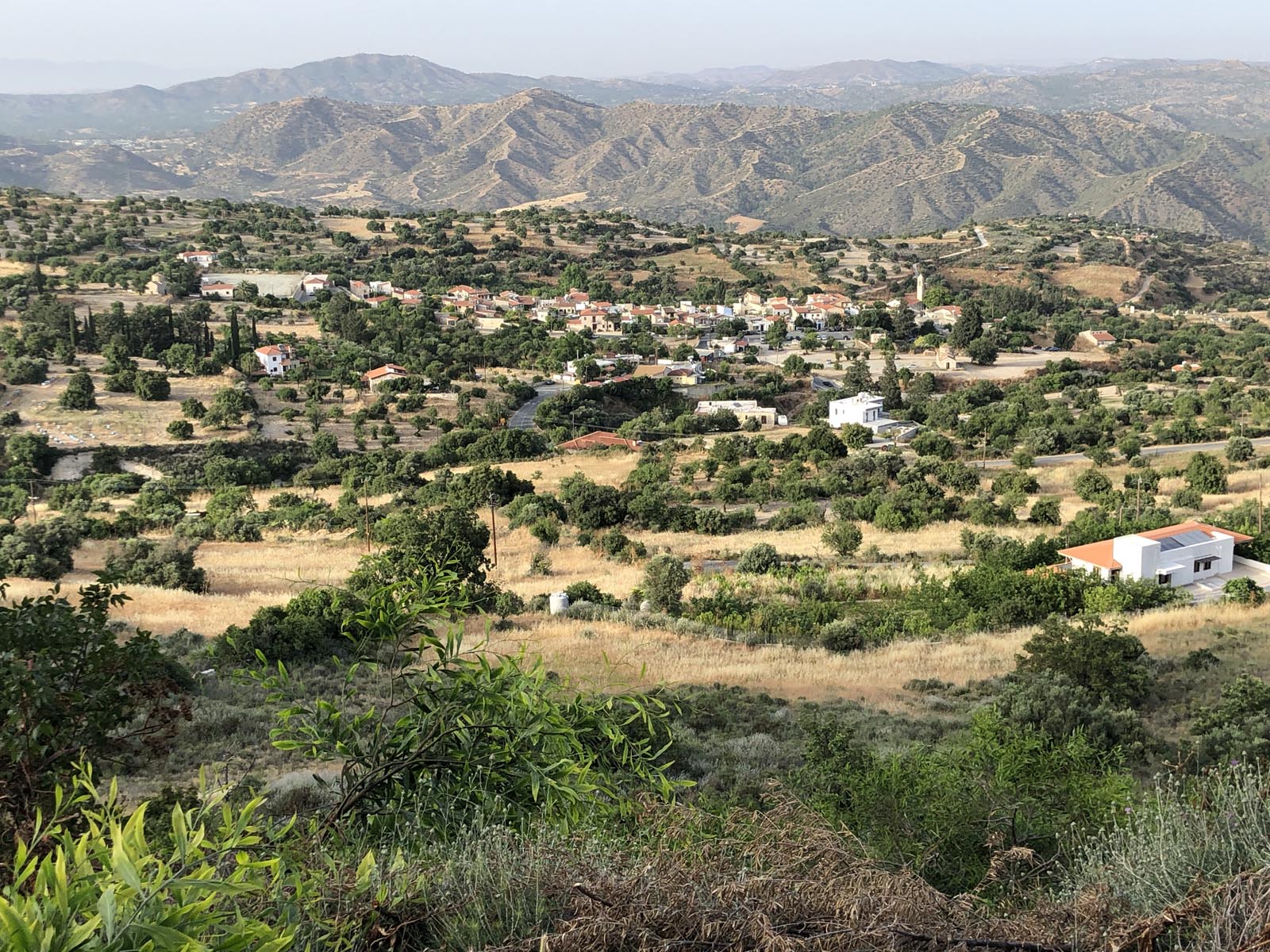


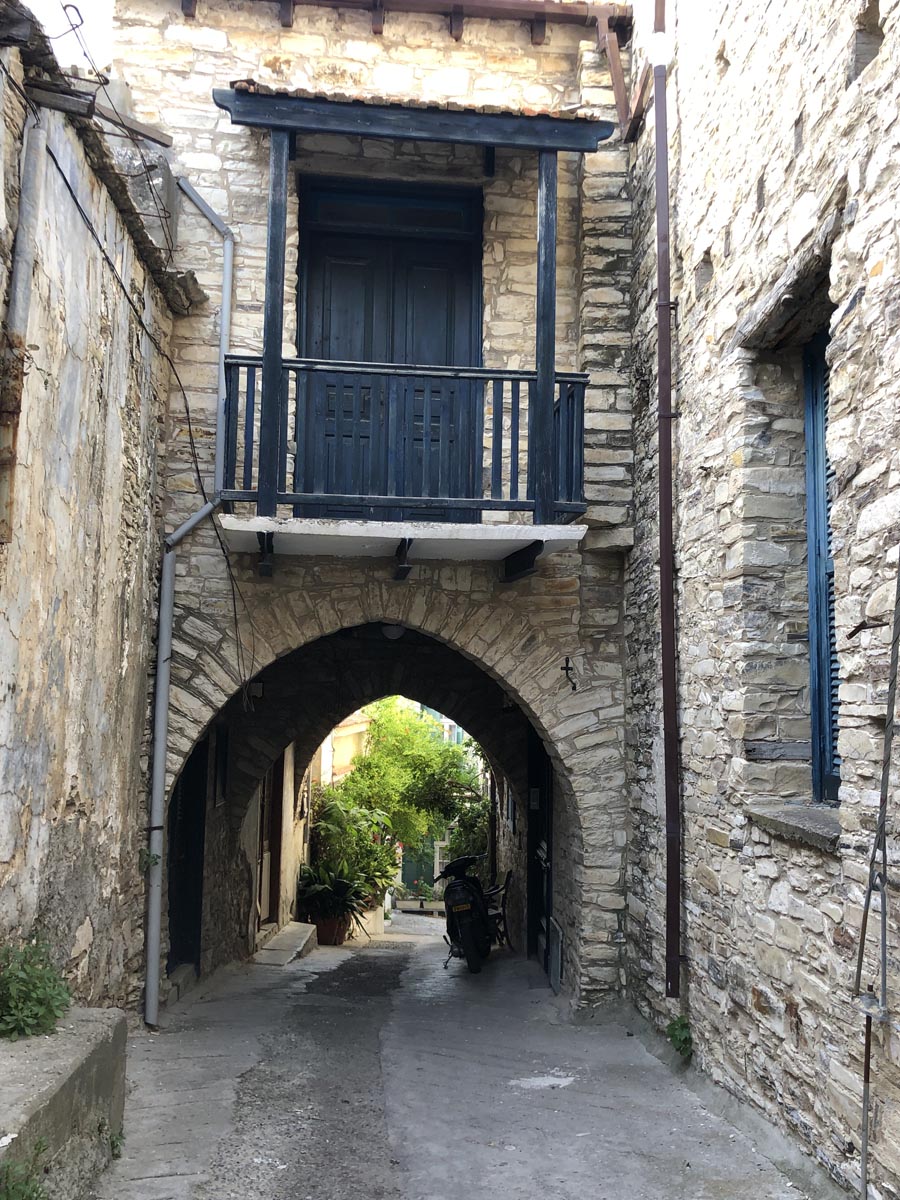
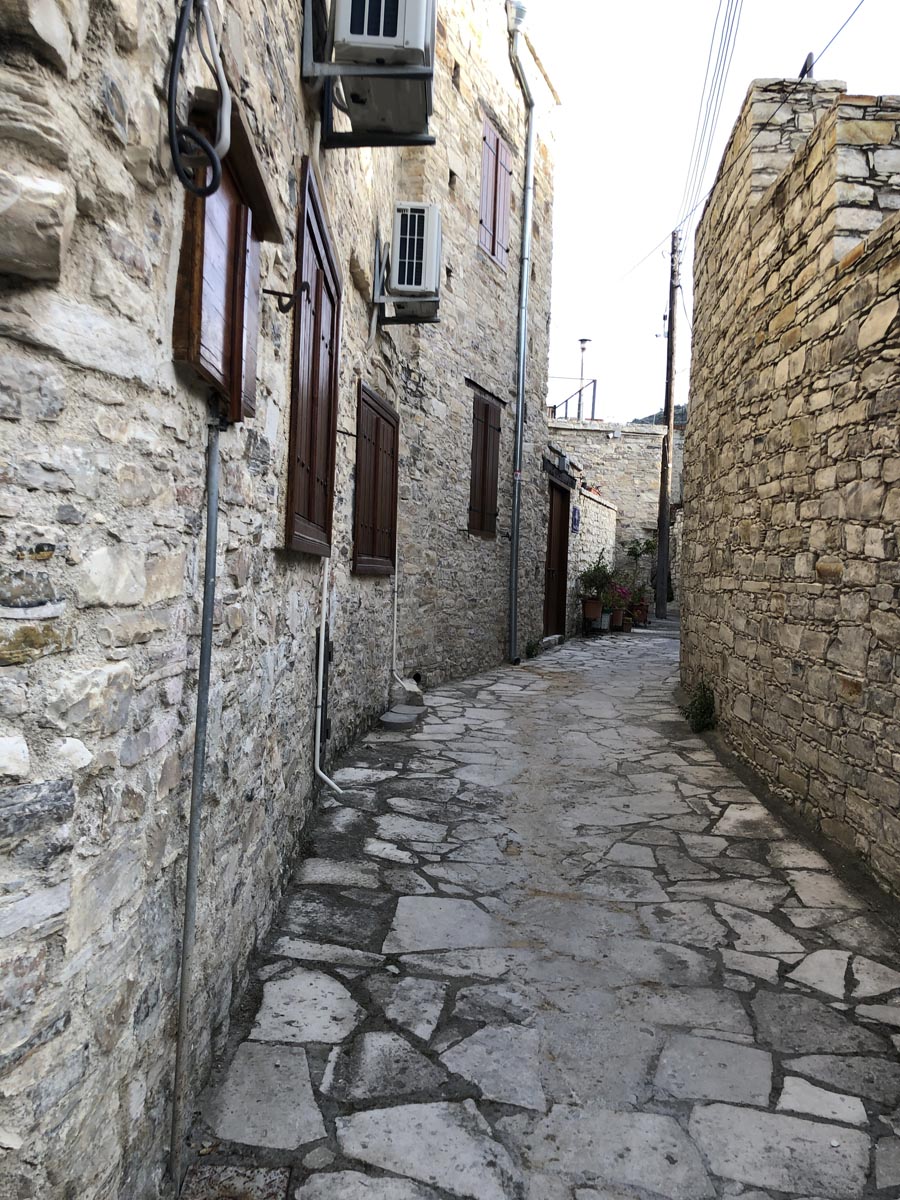
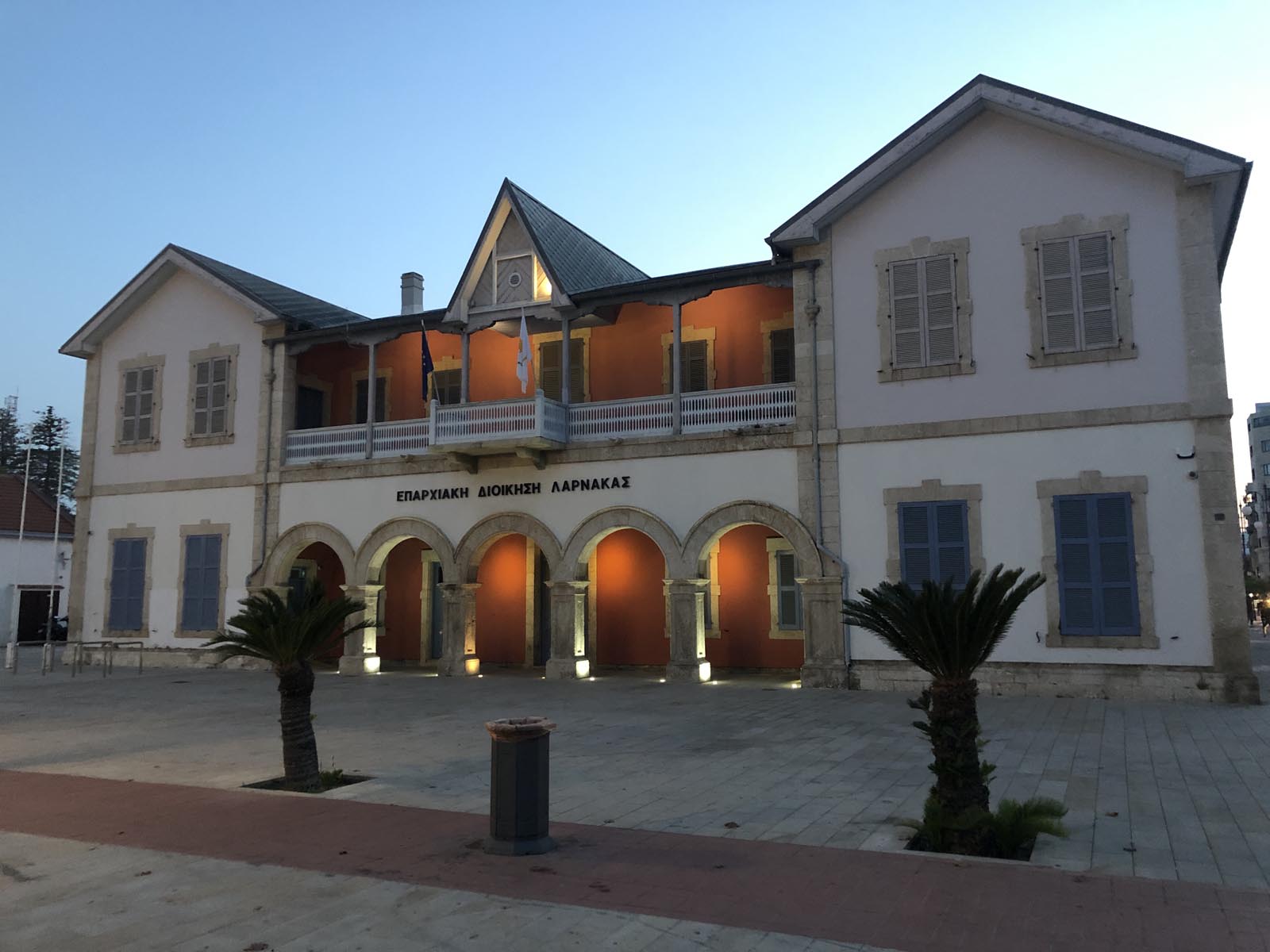
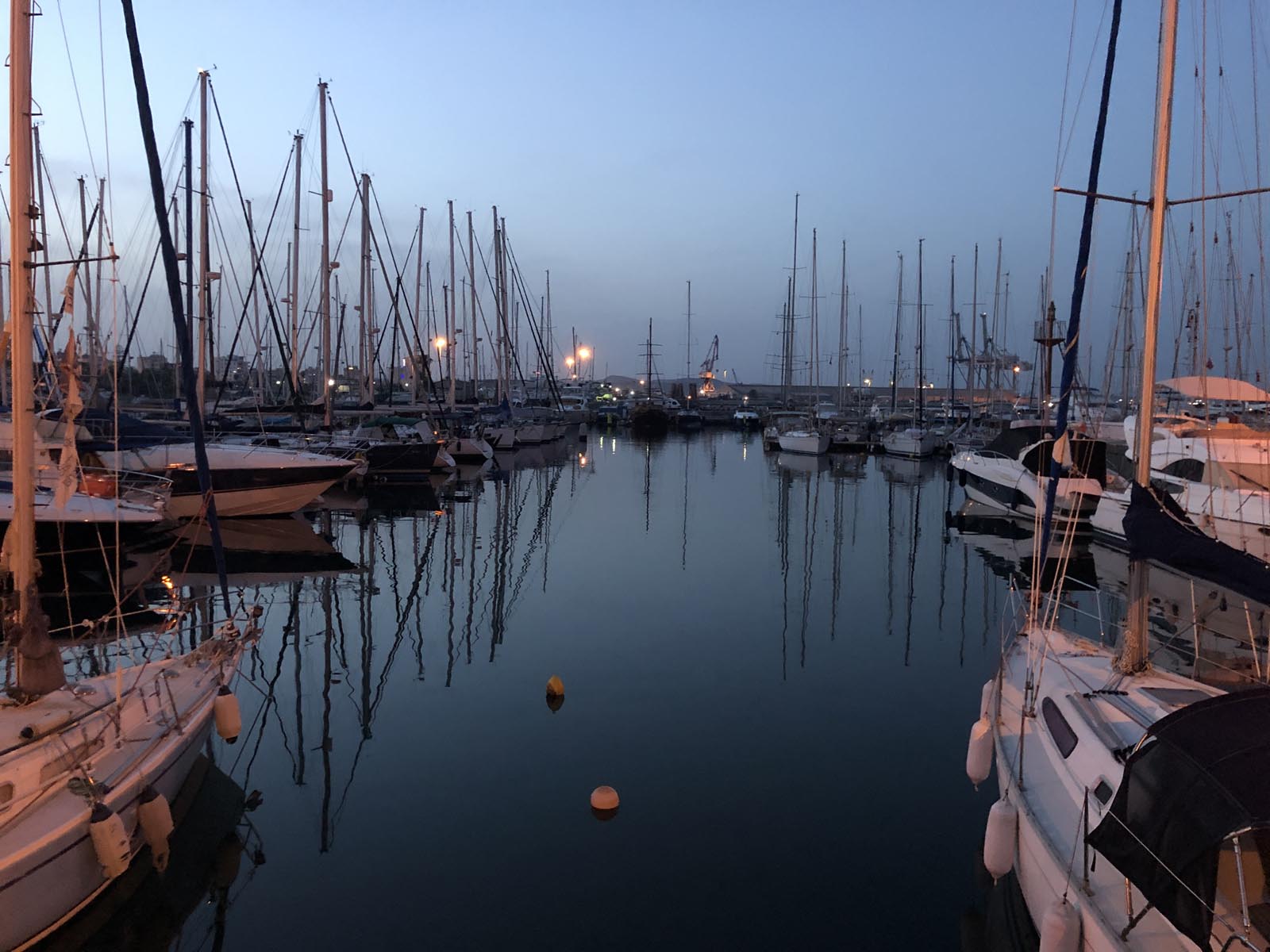












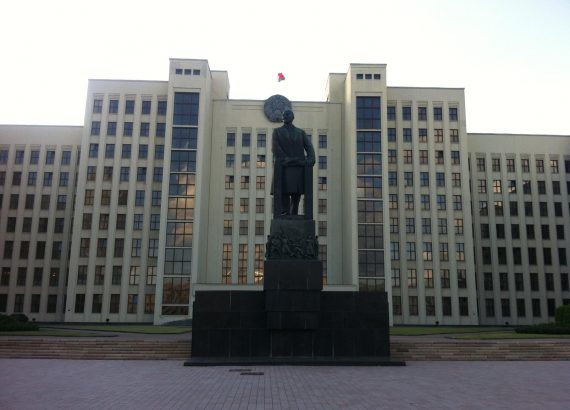
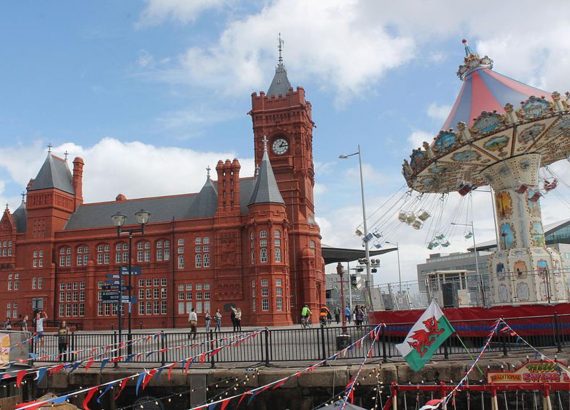
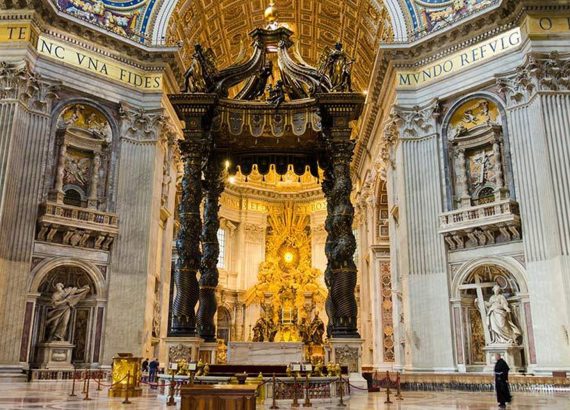
No Comments